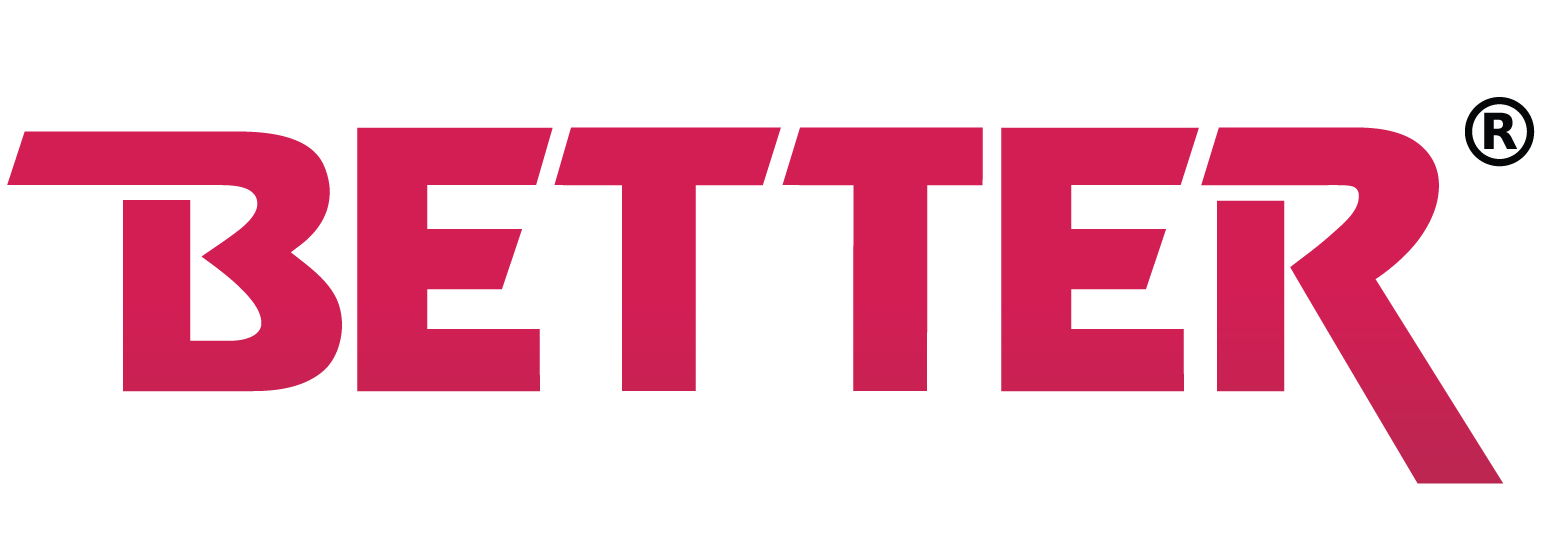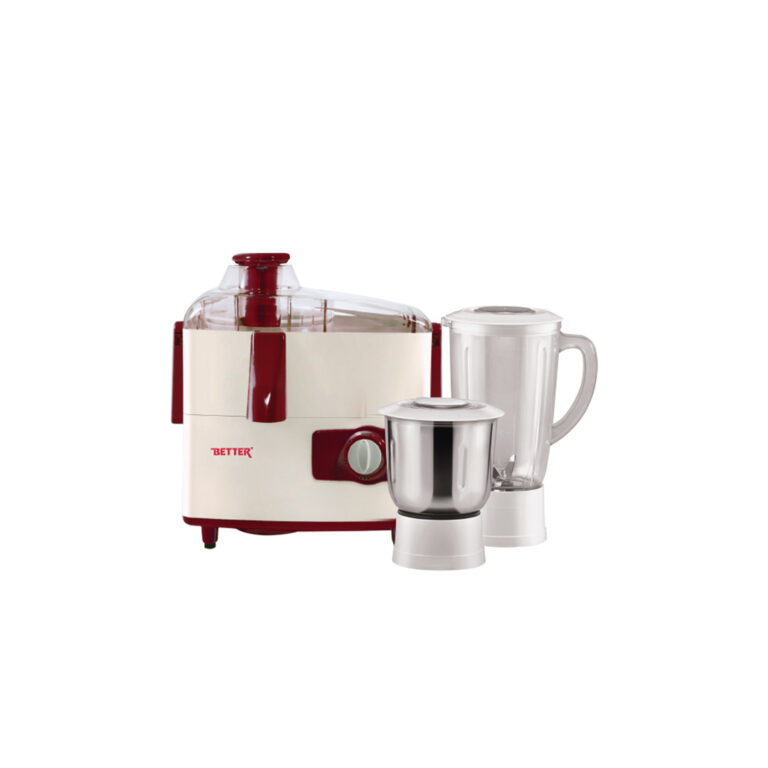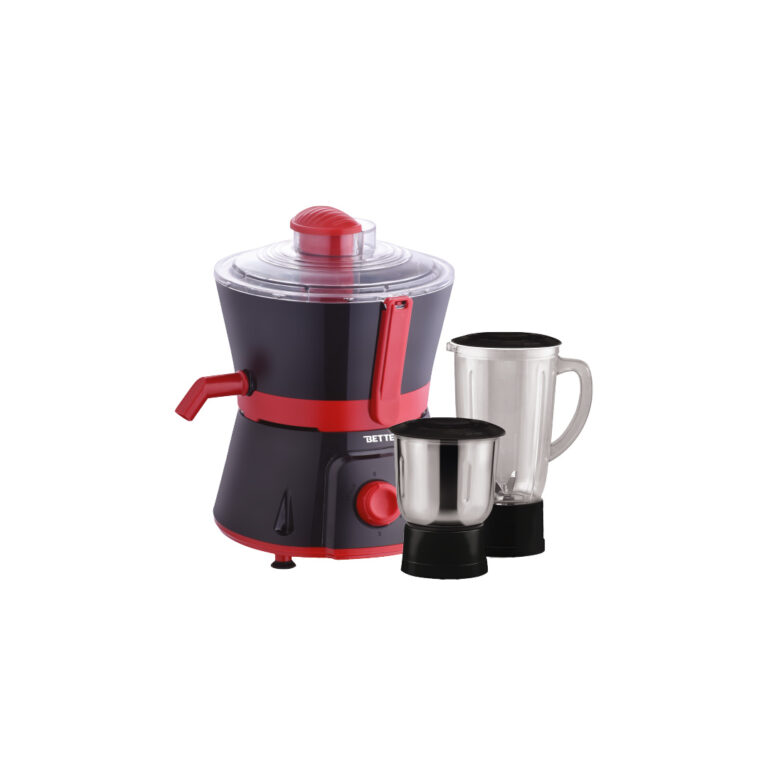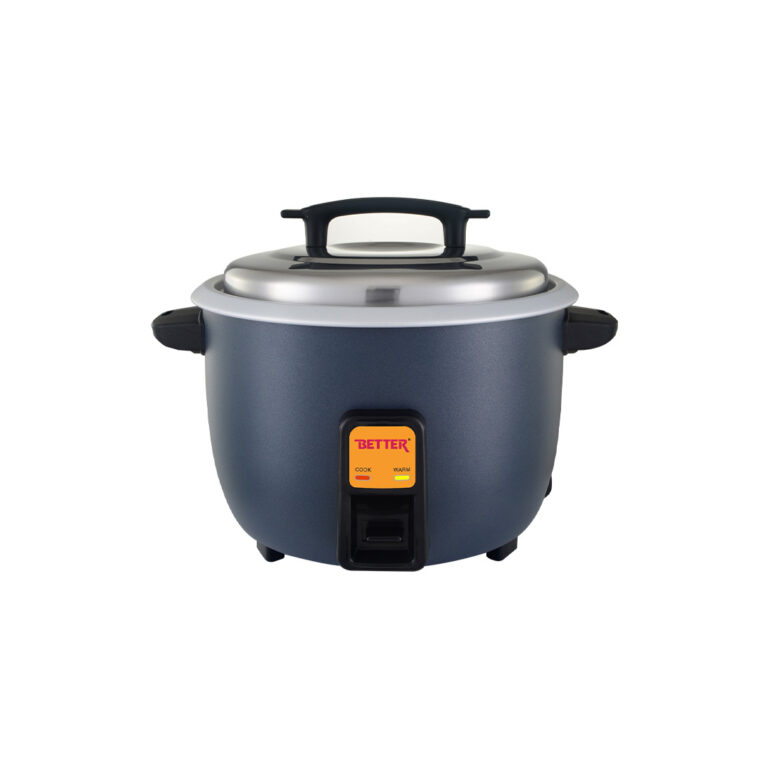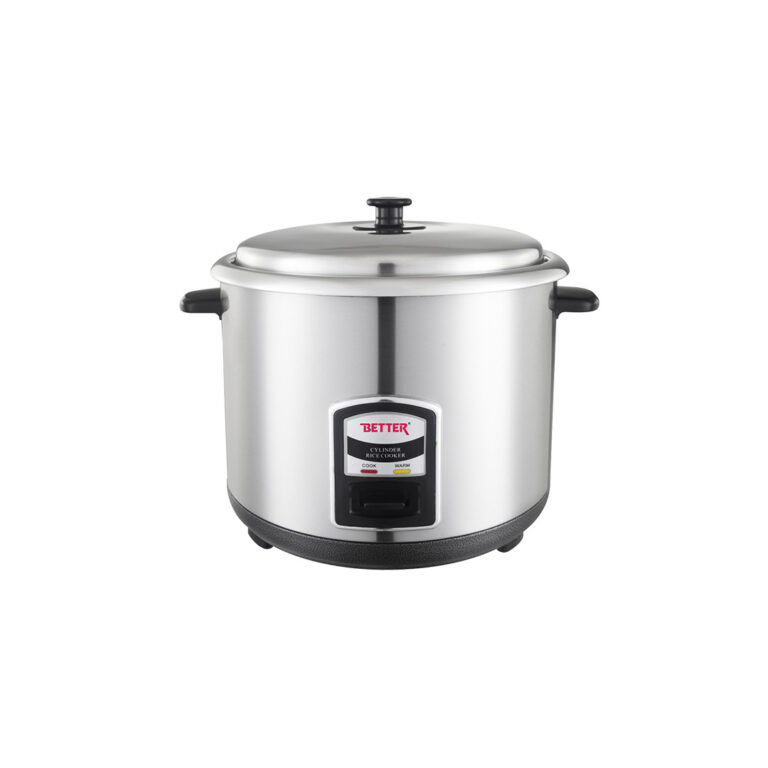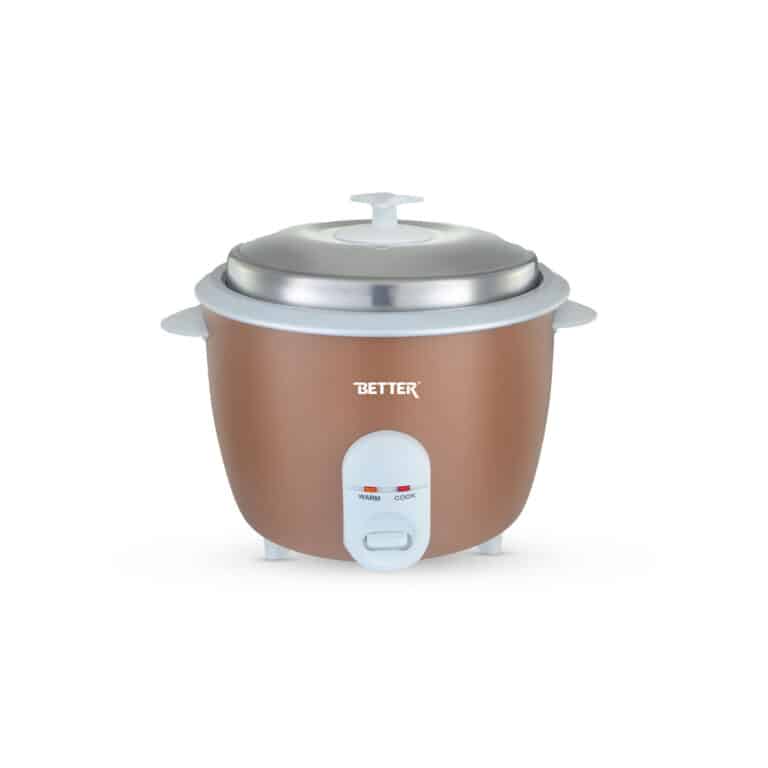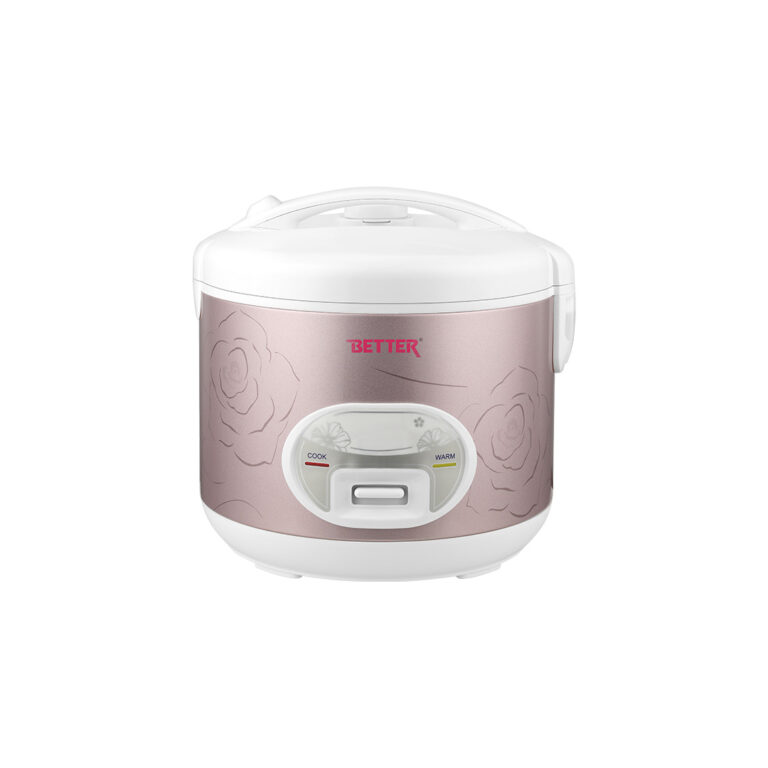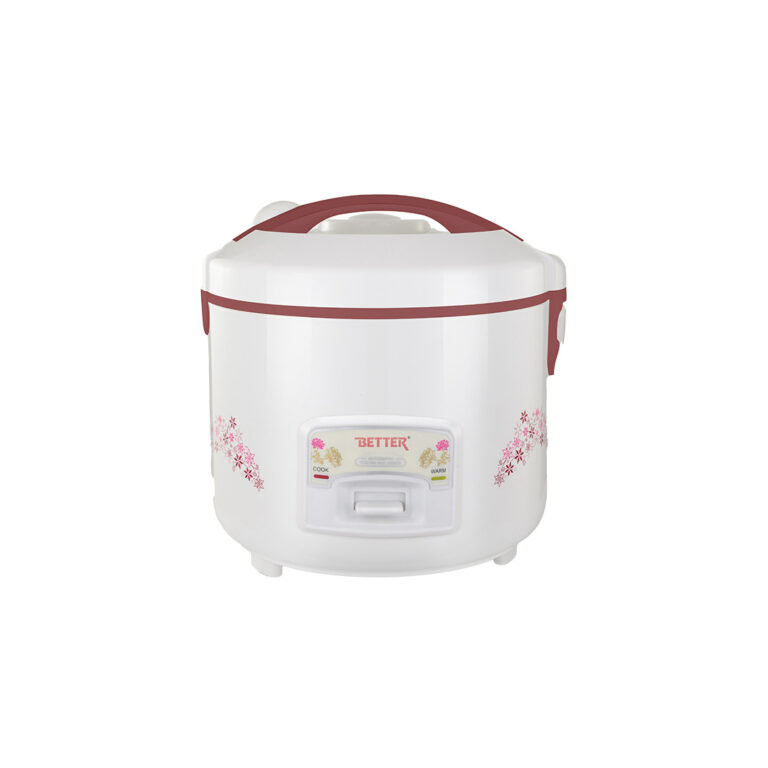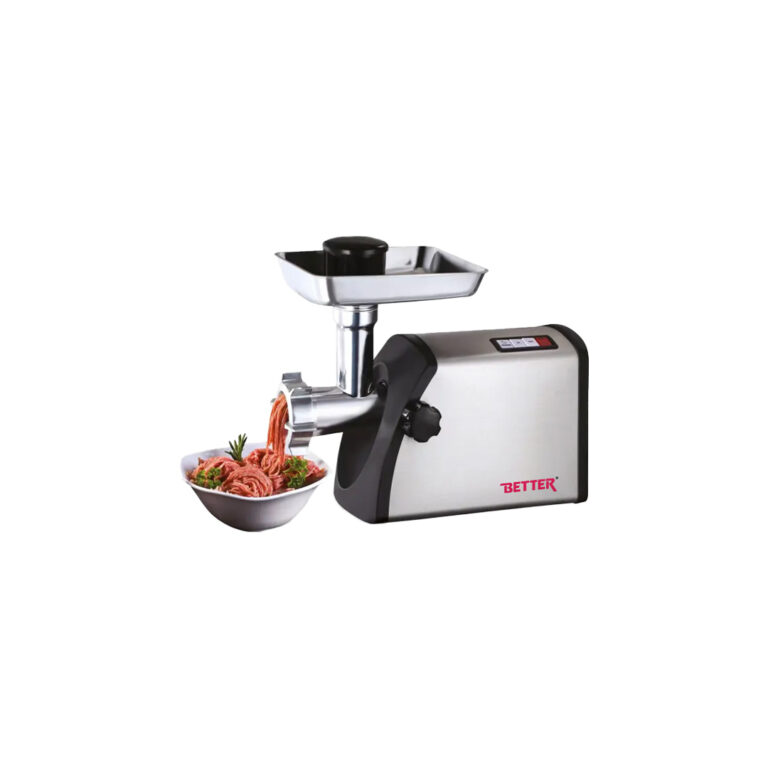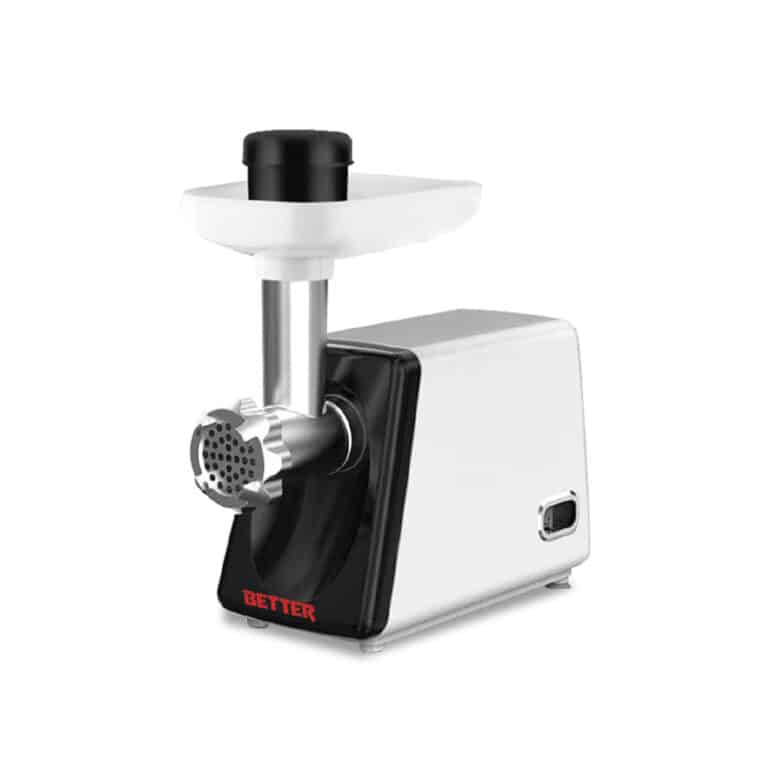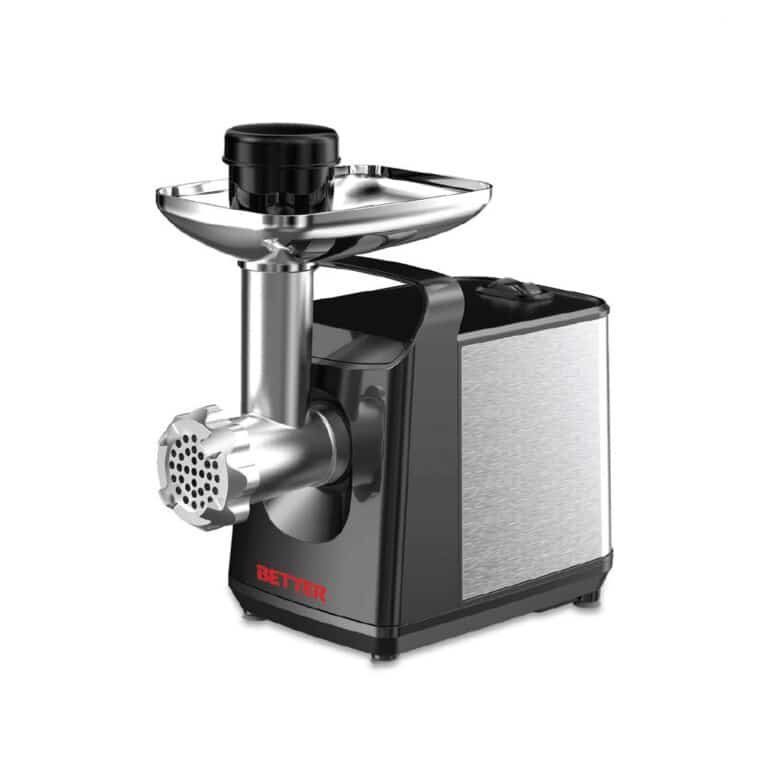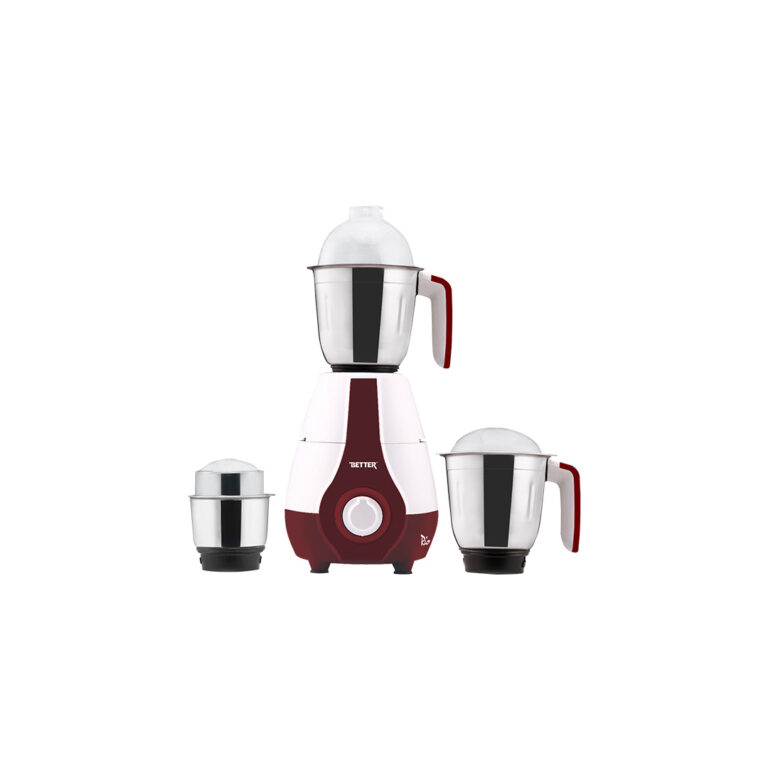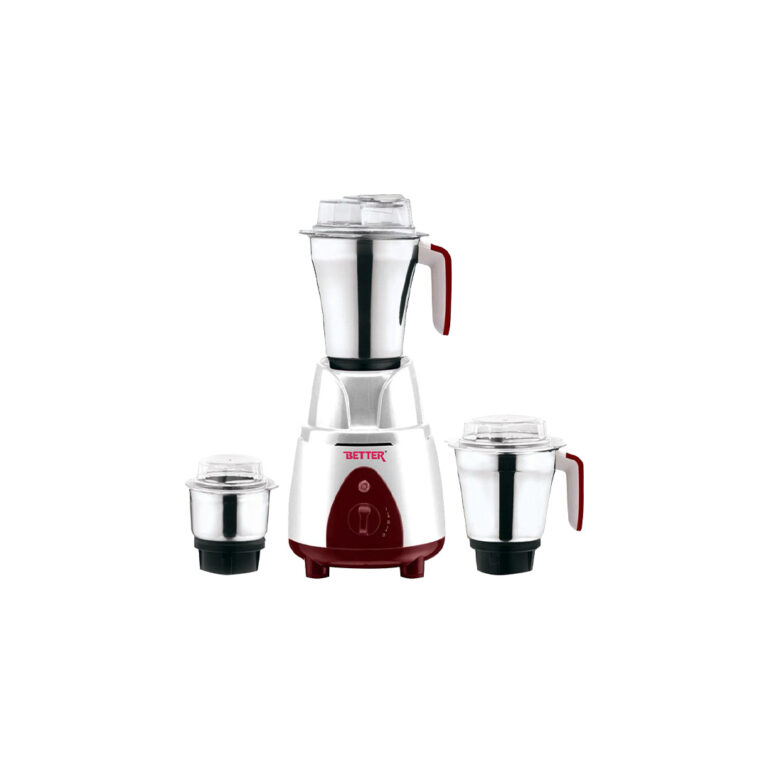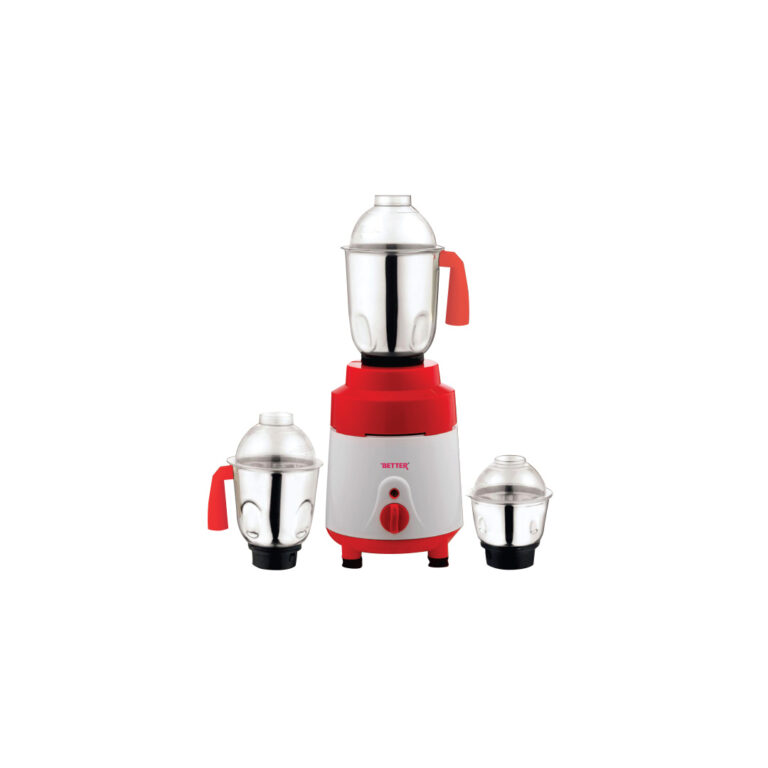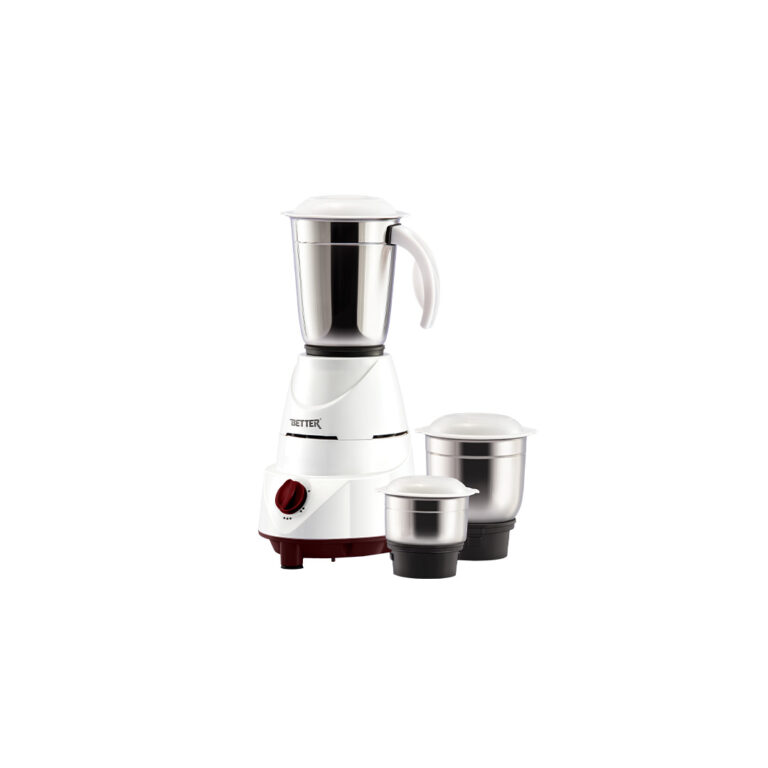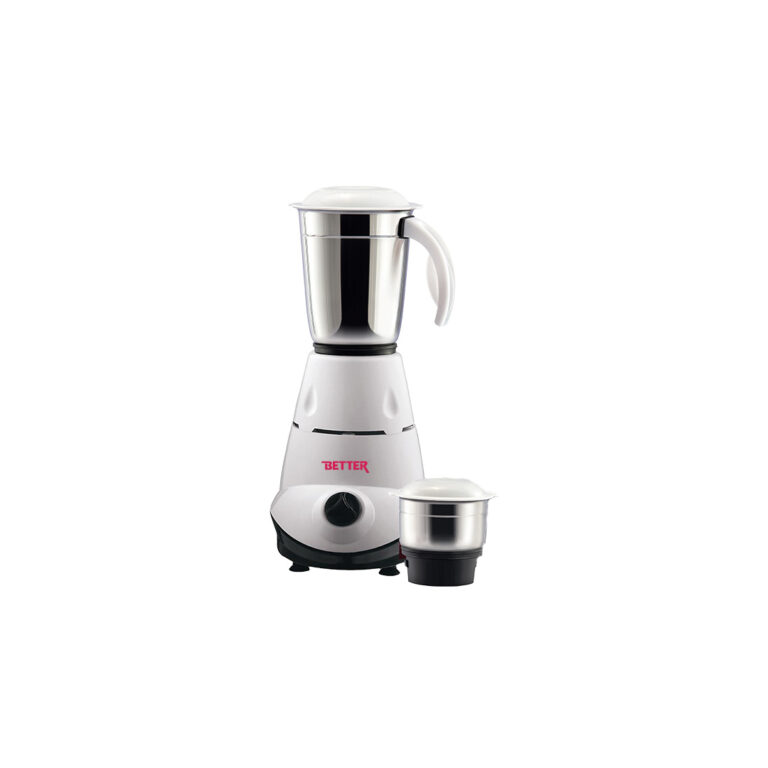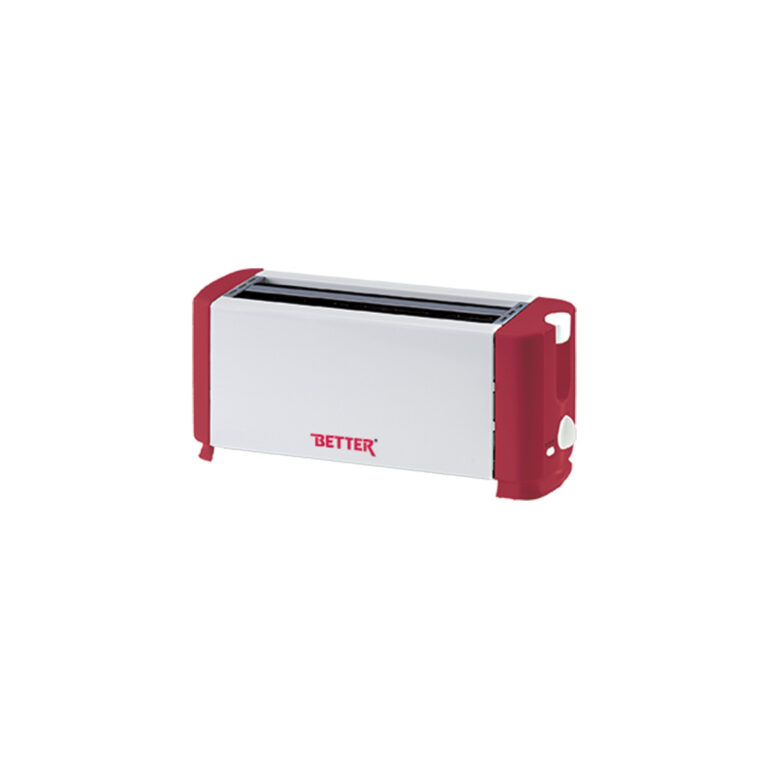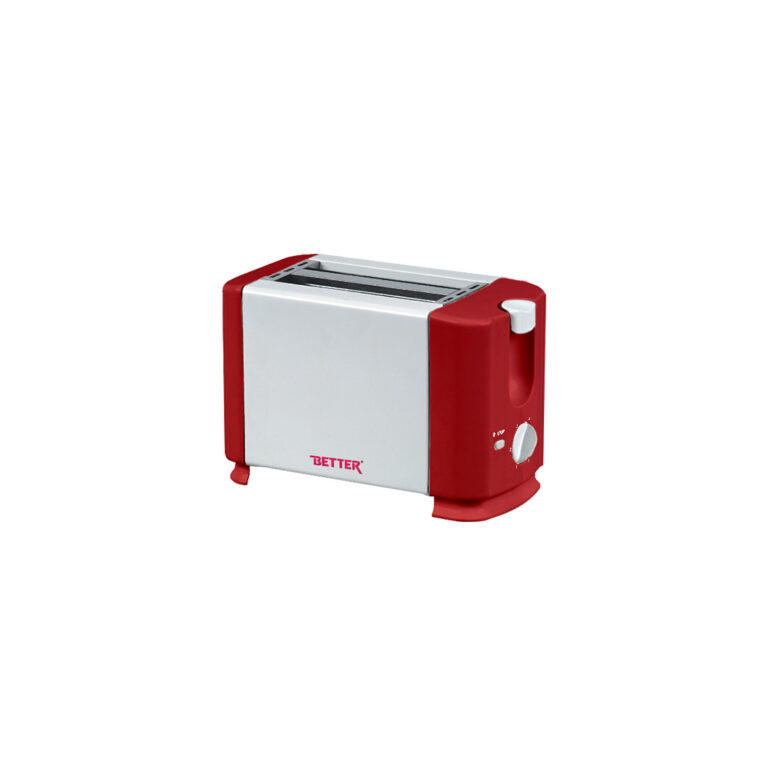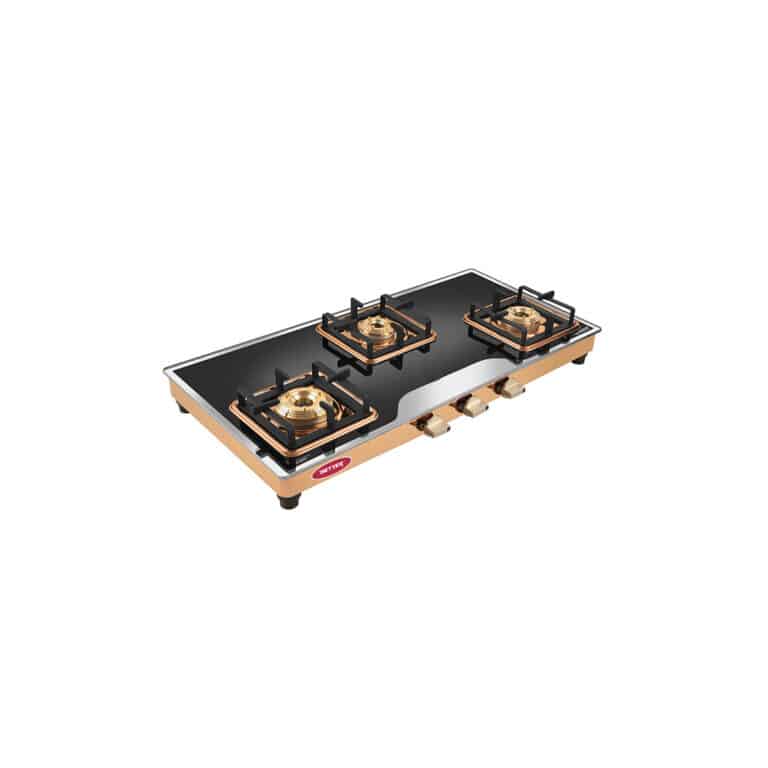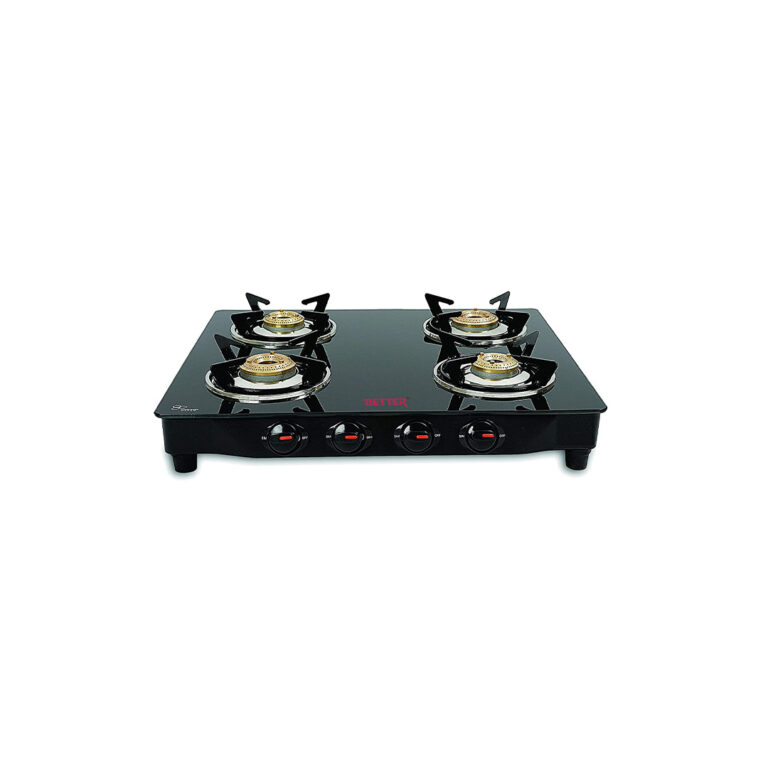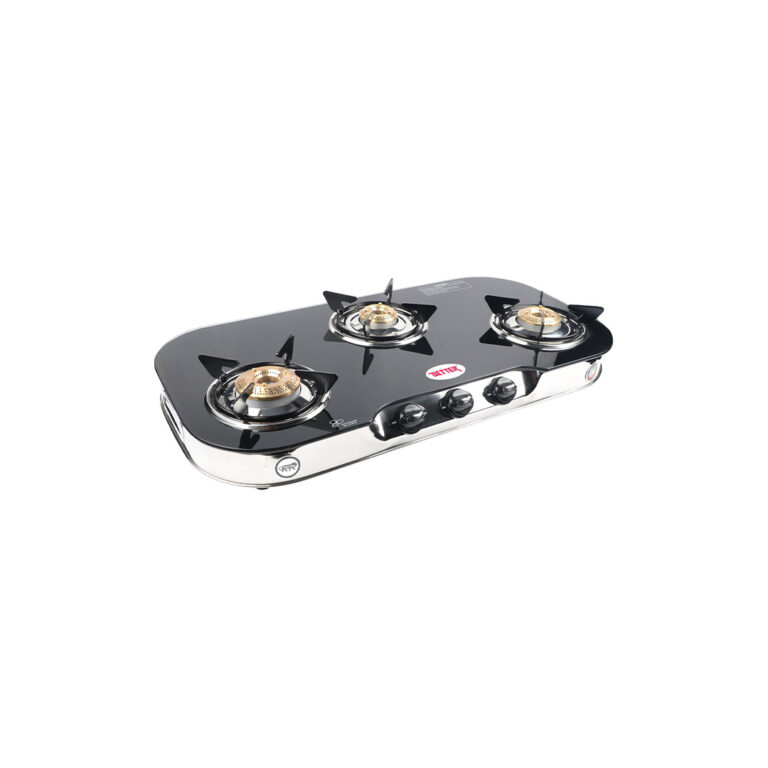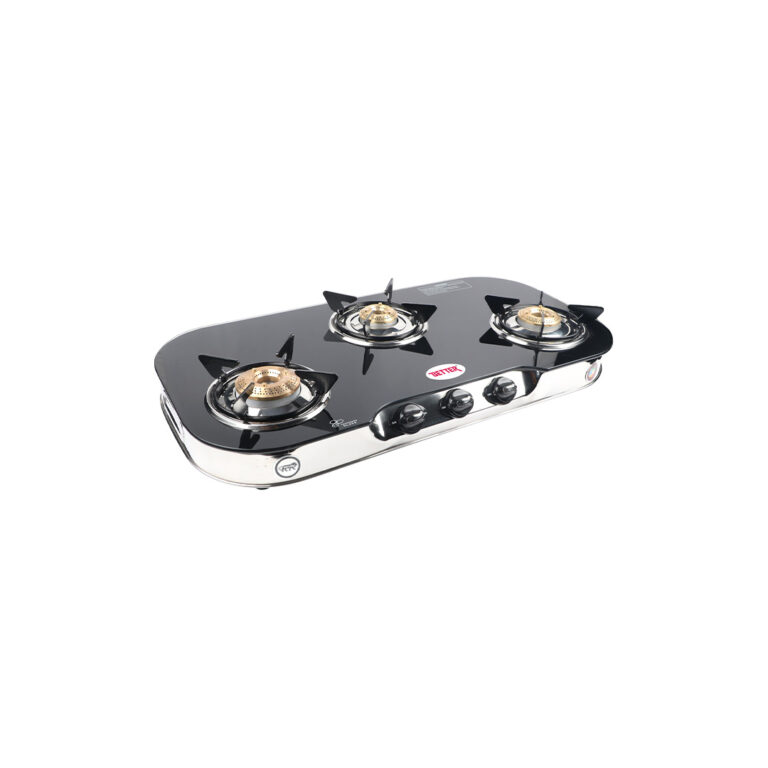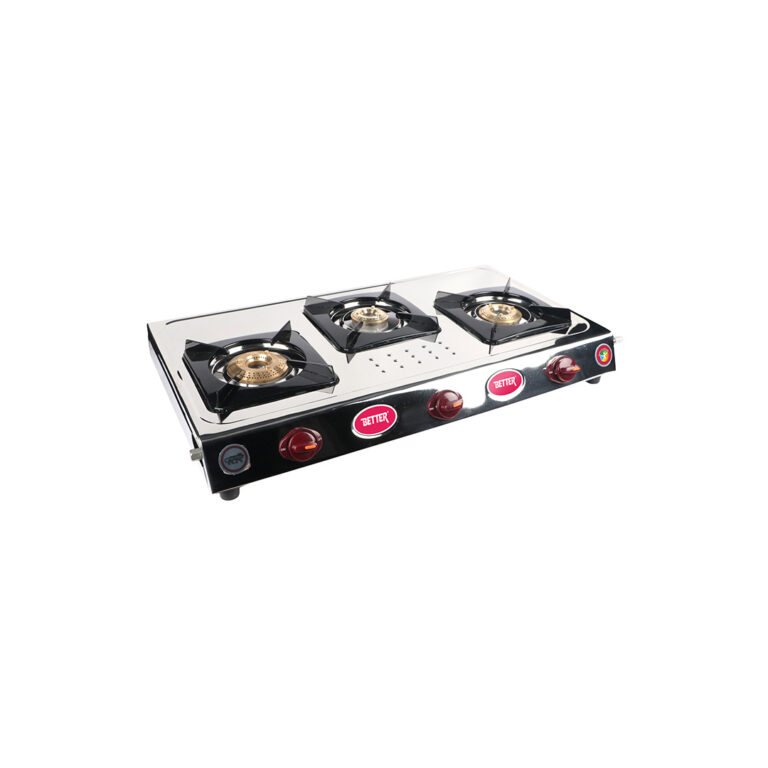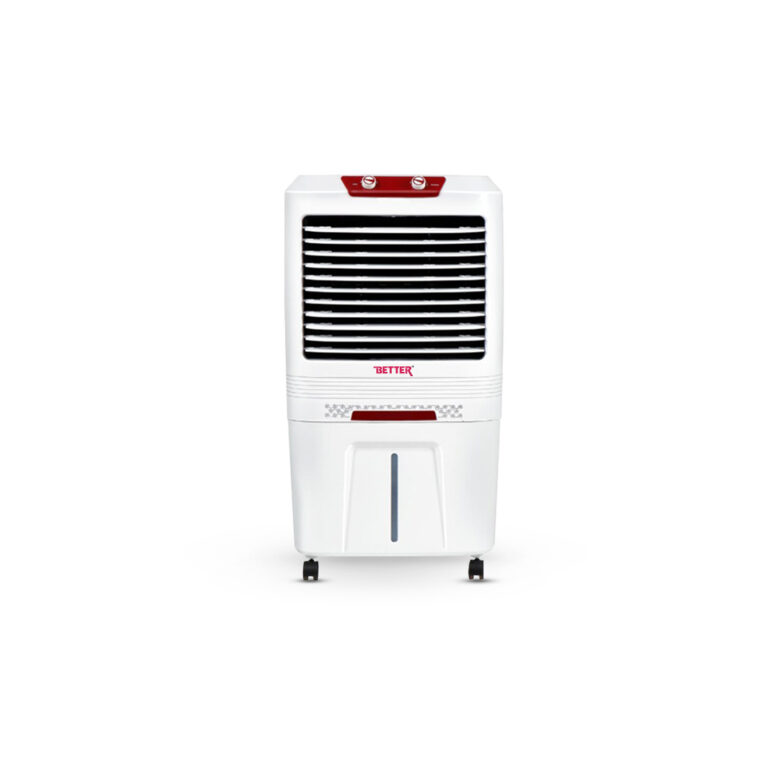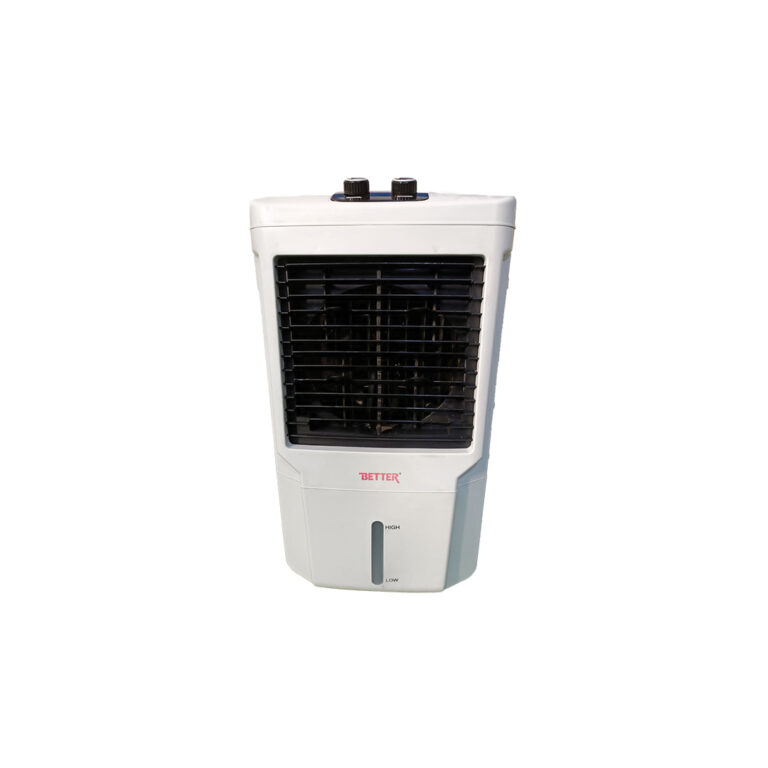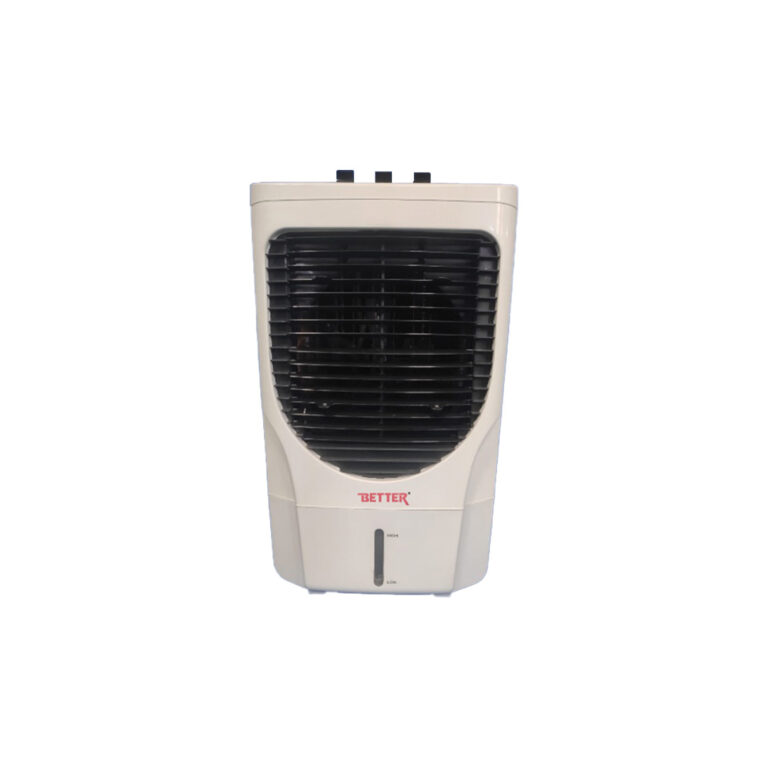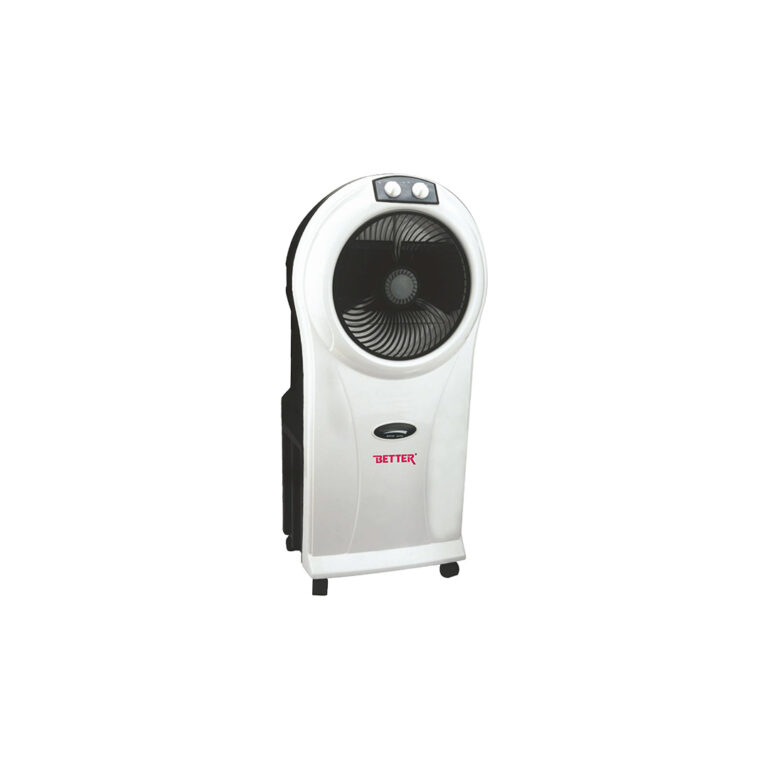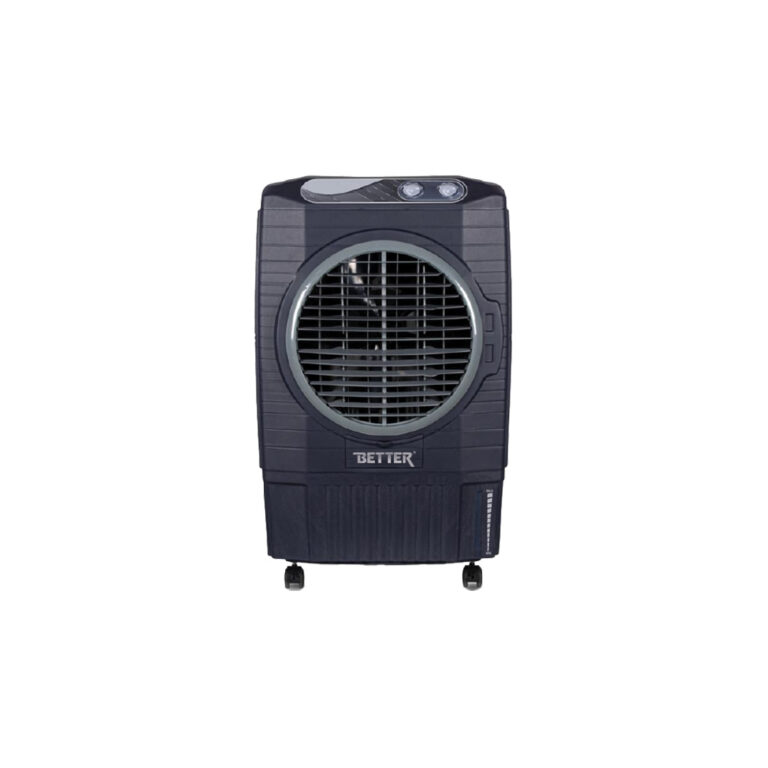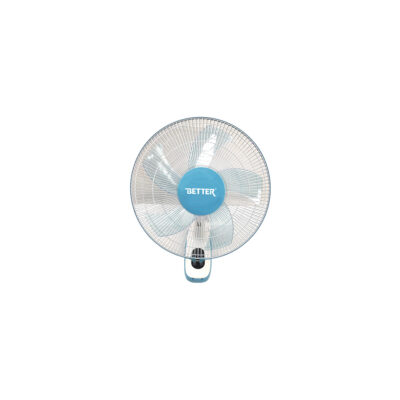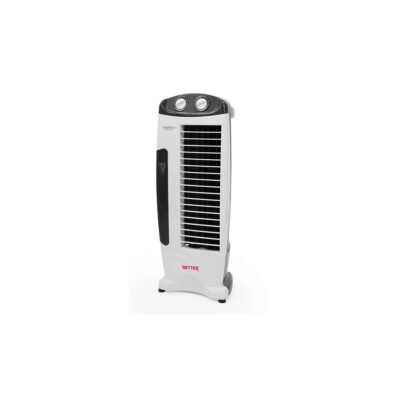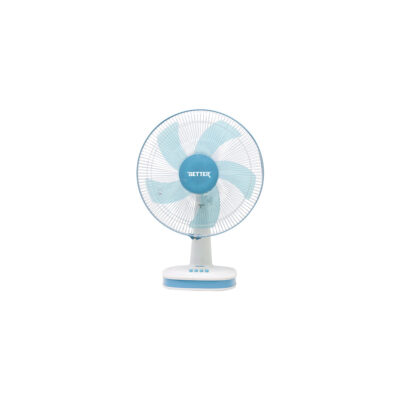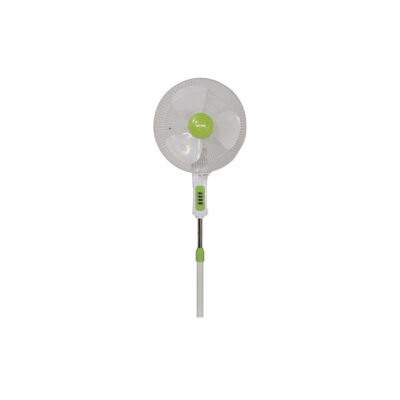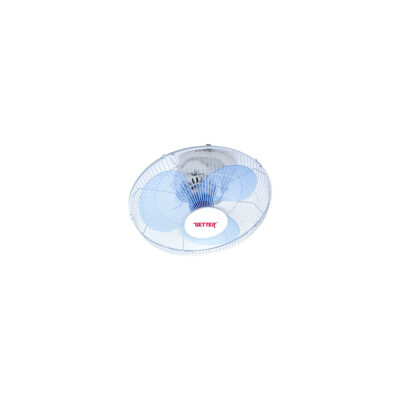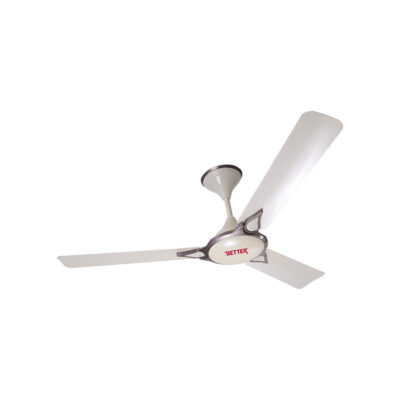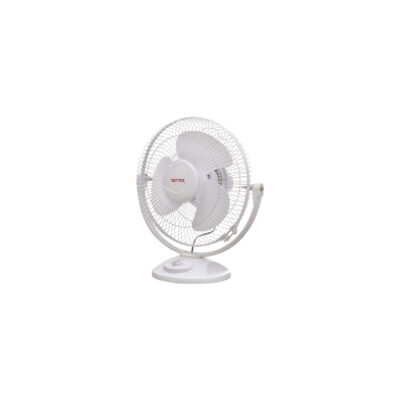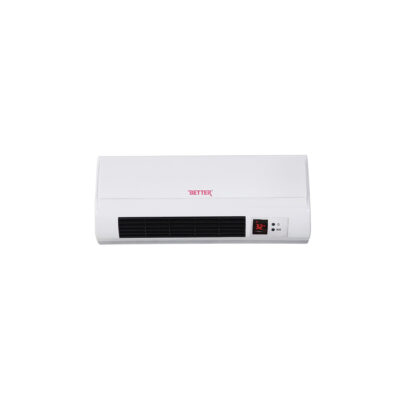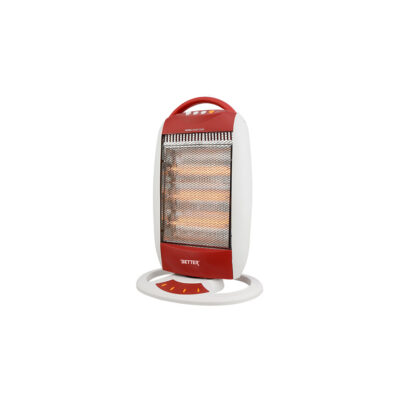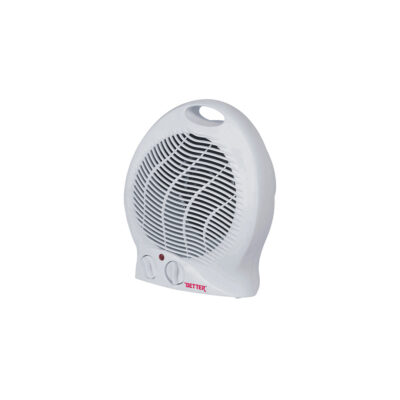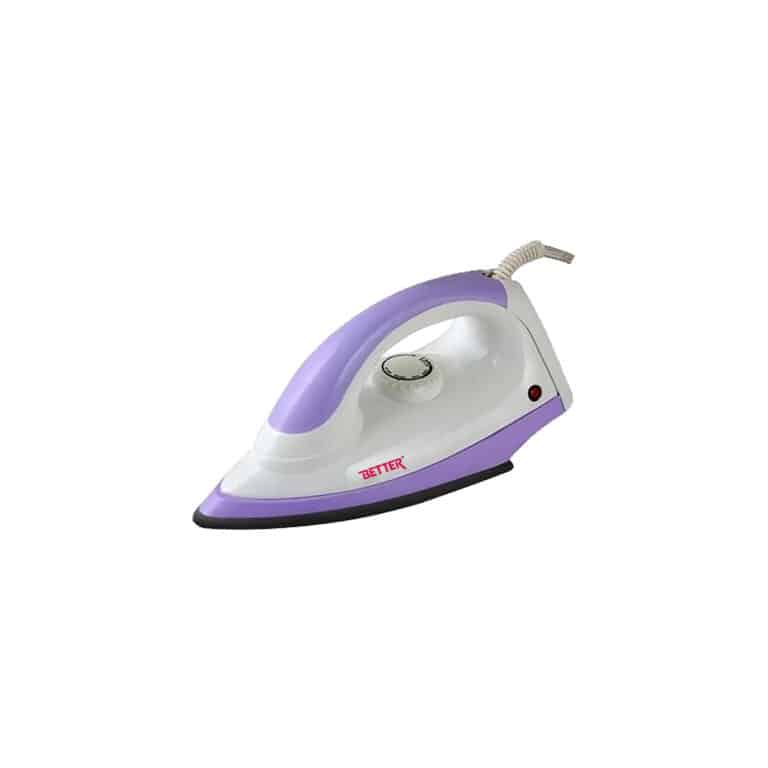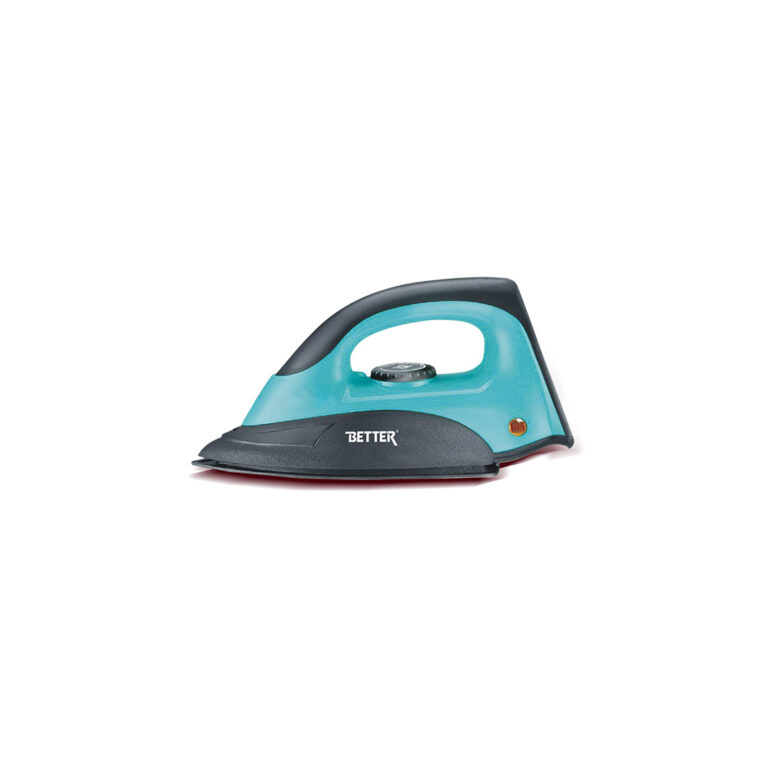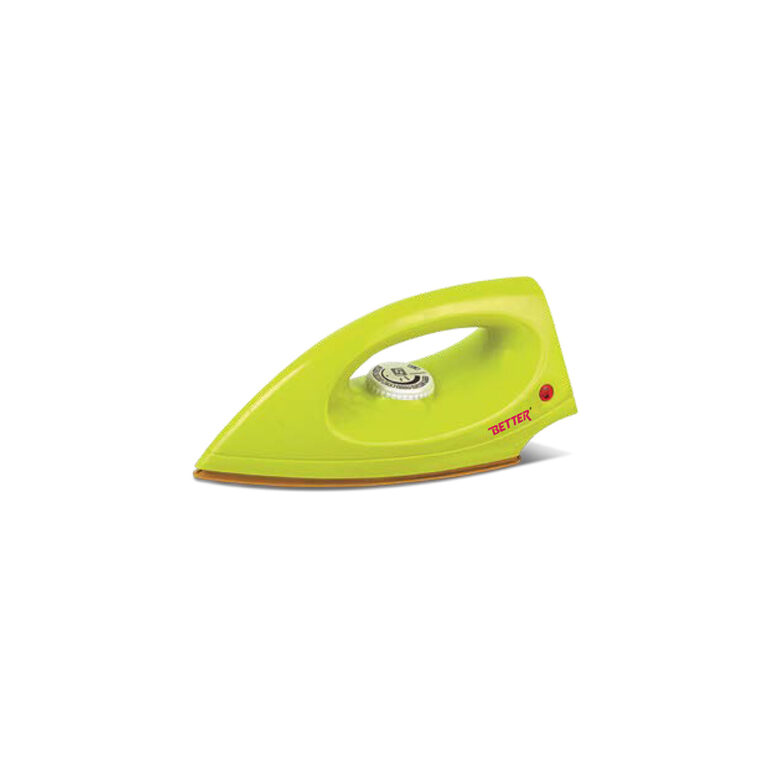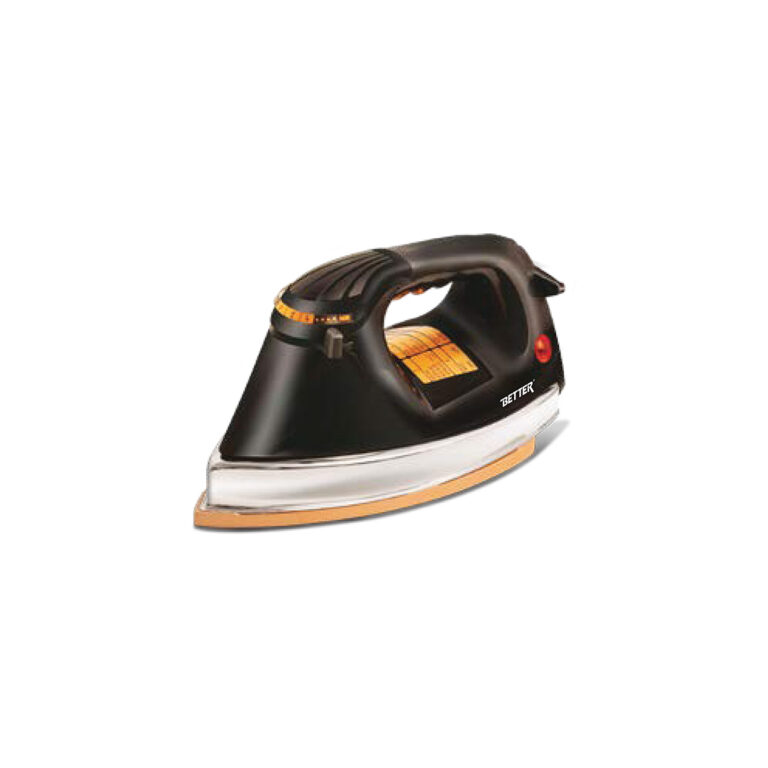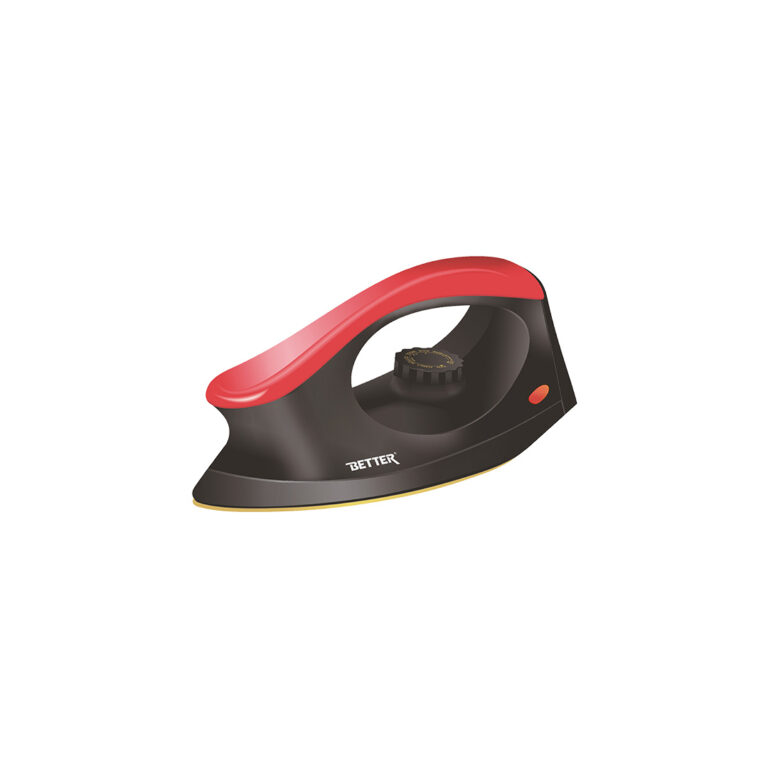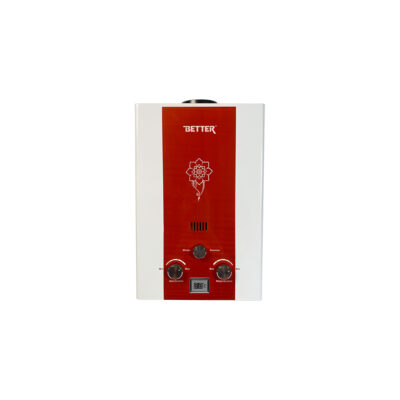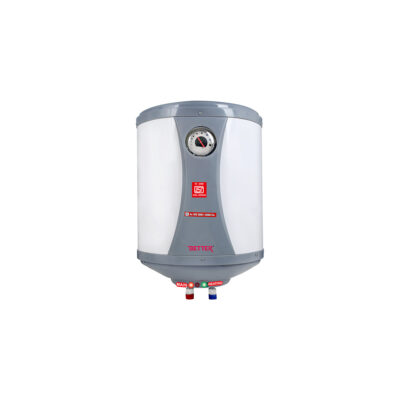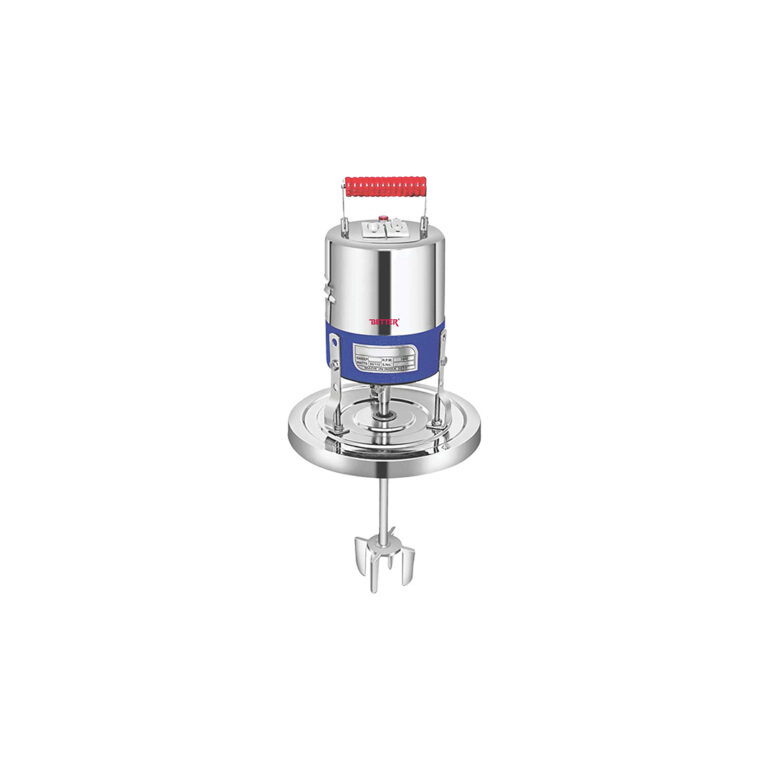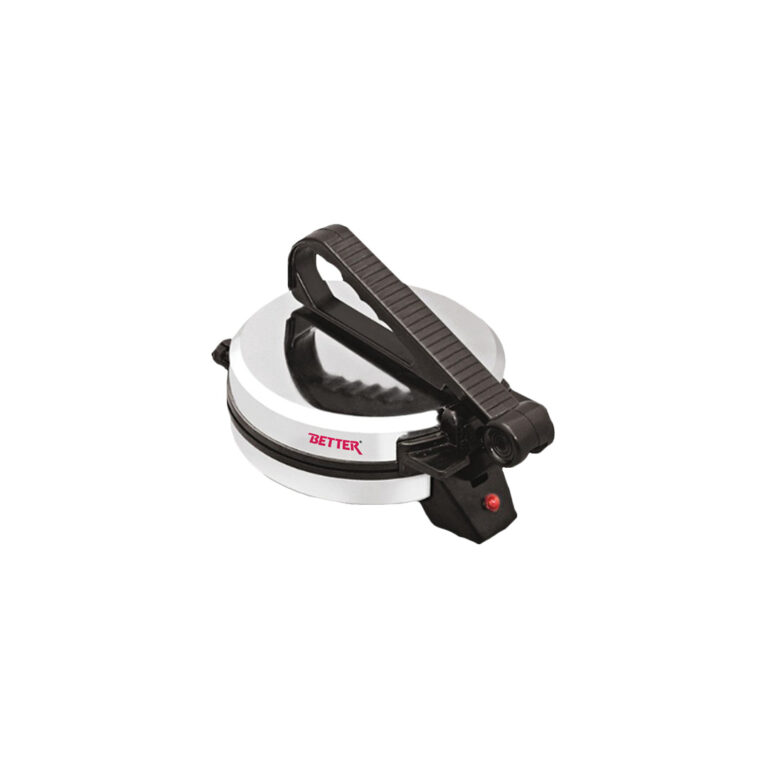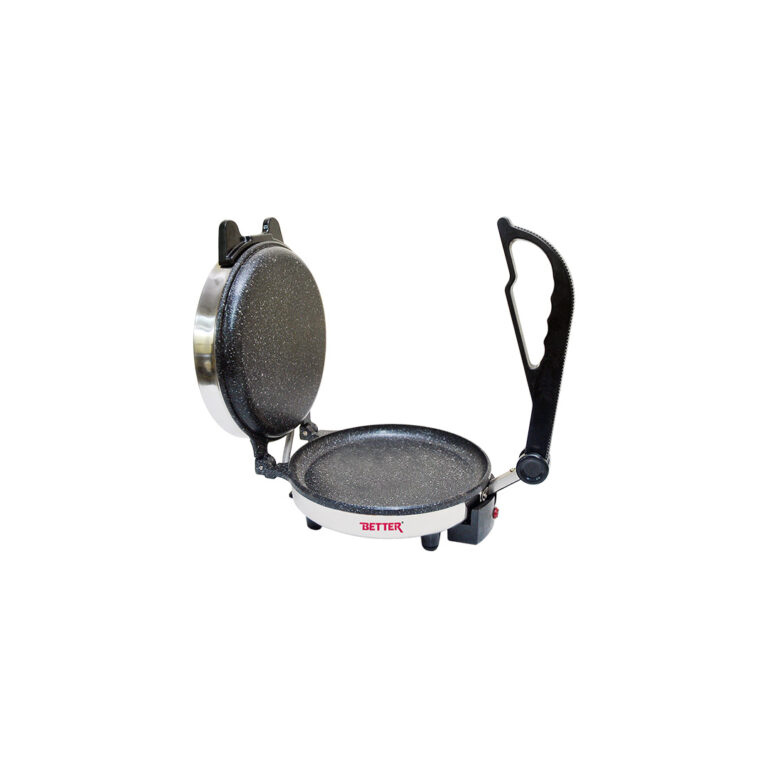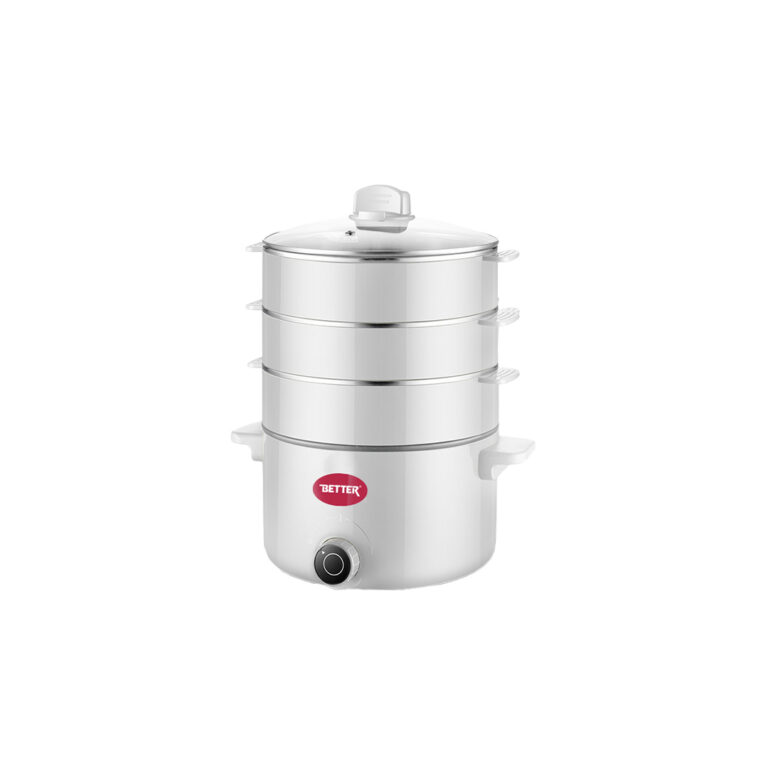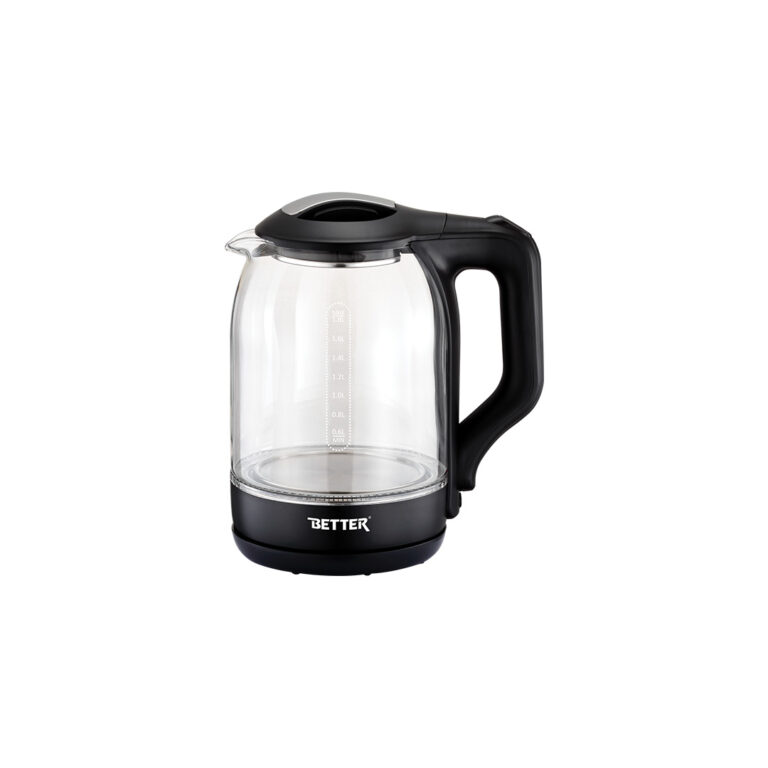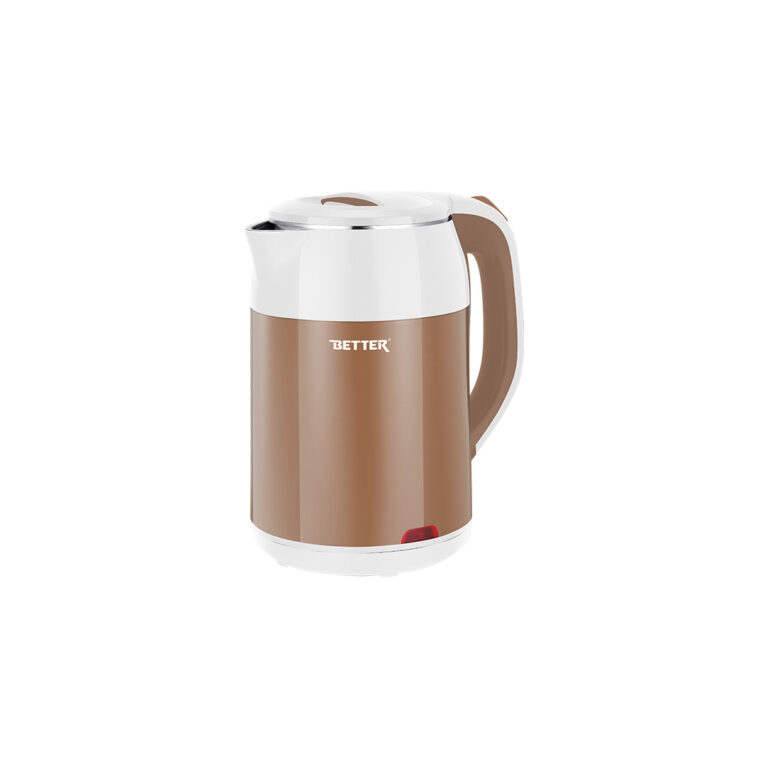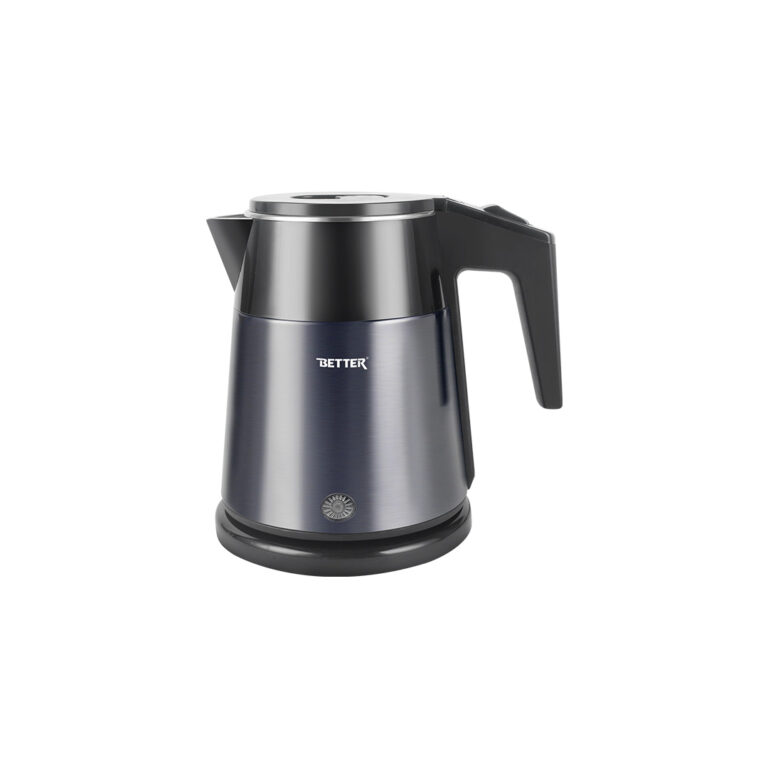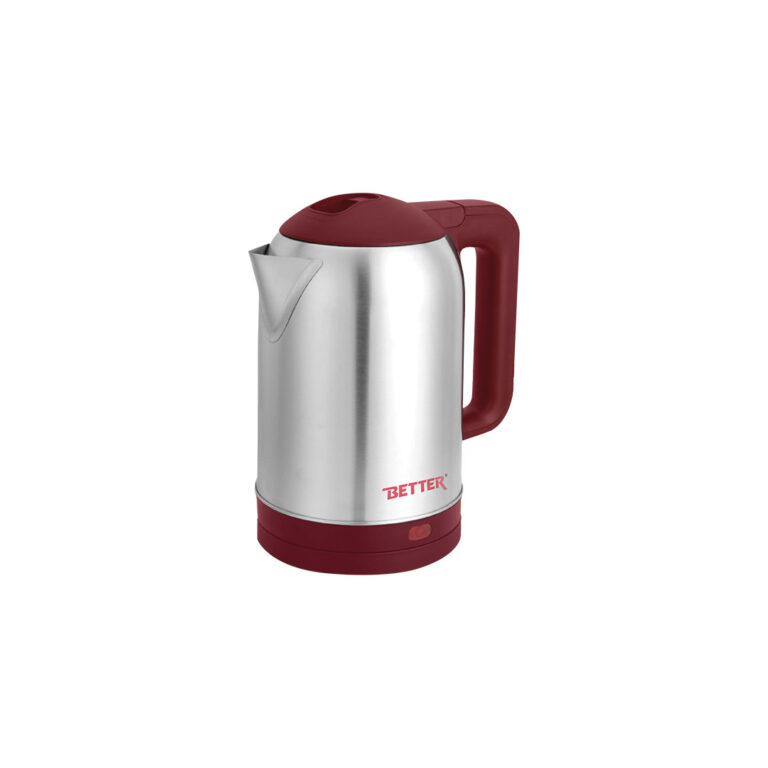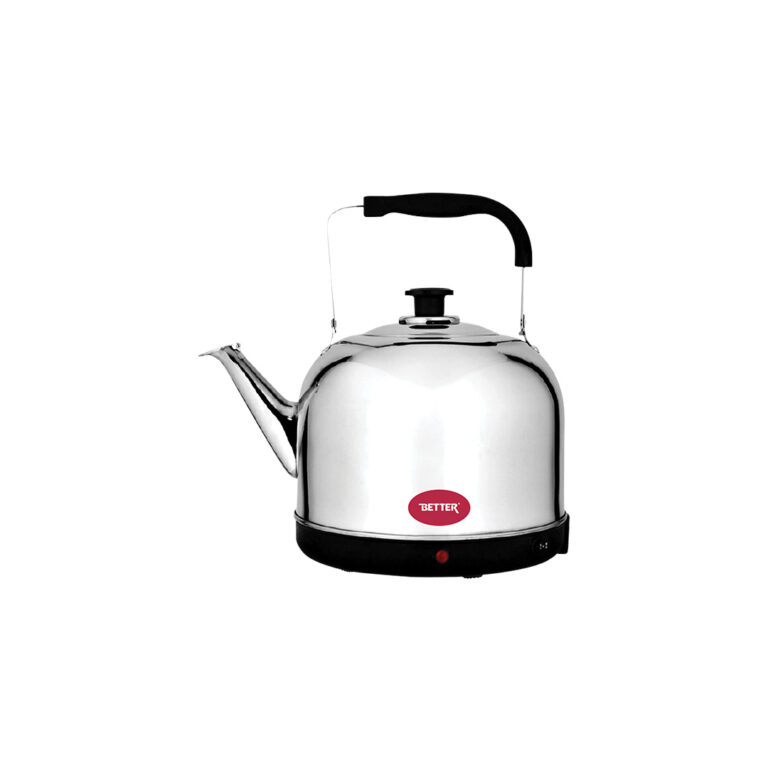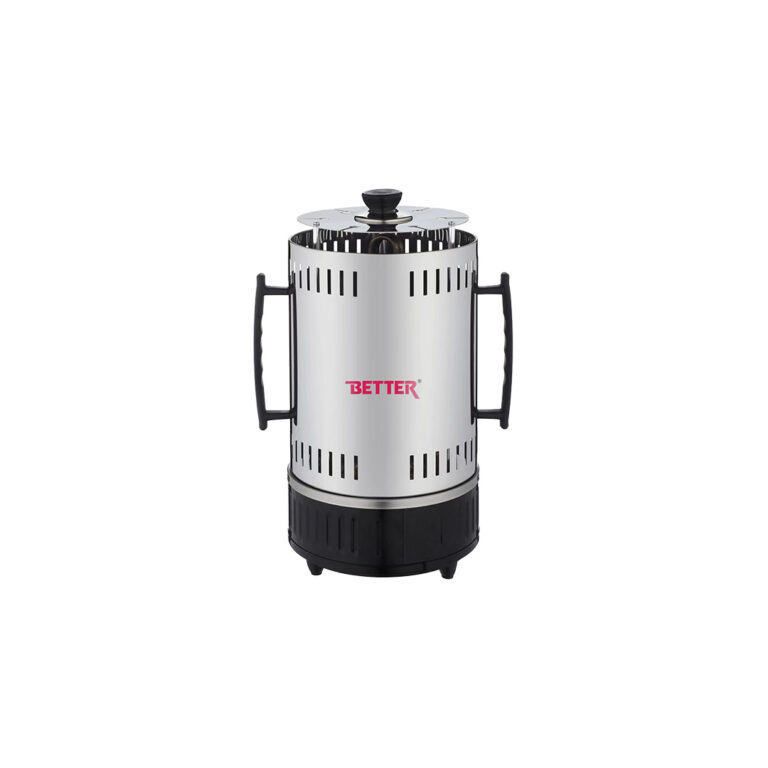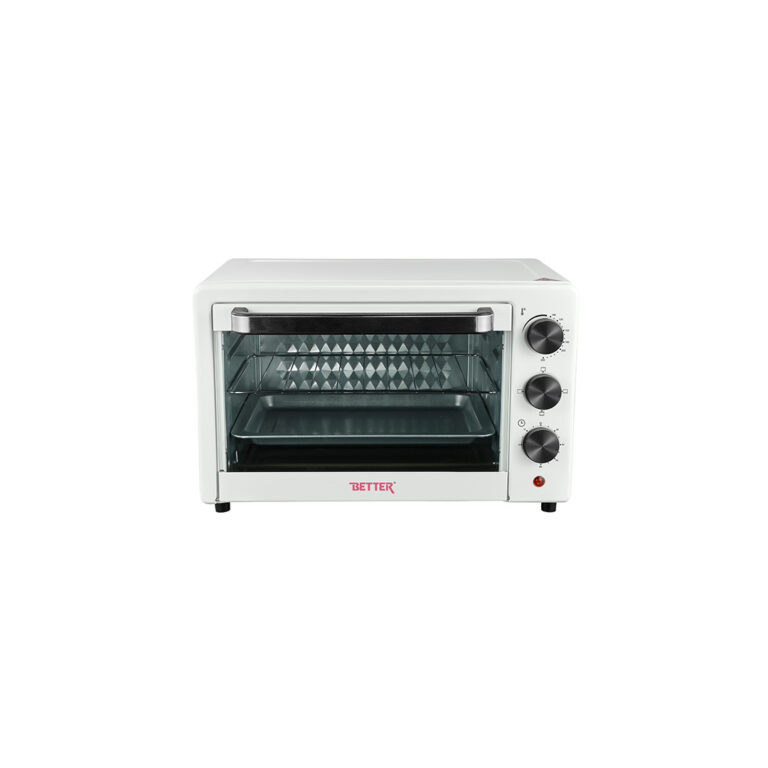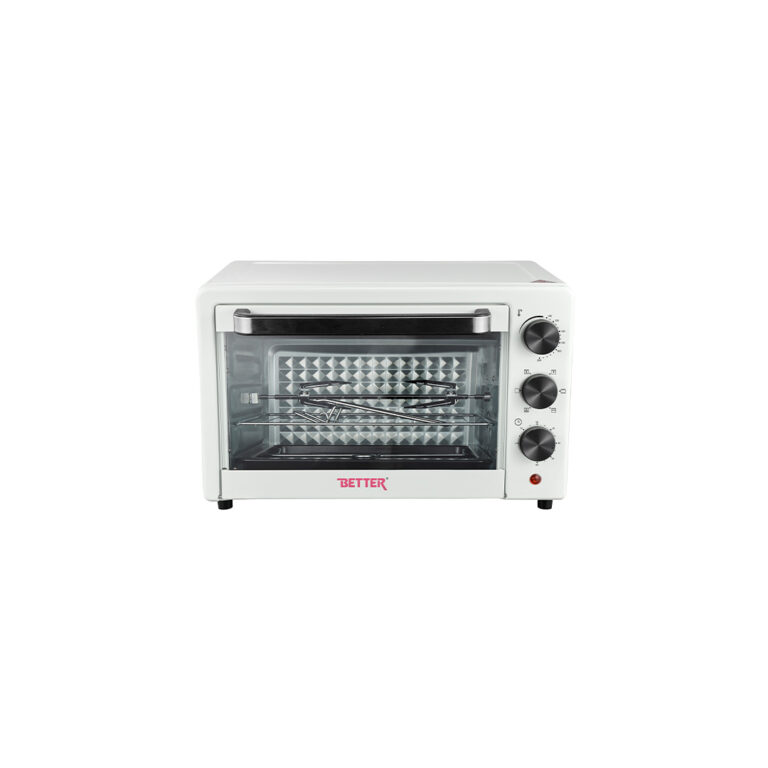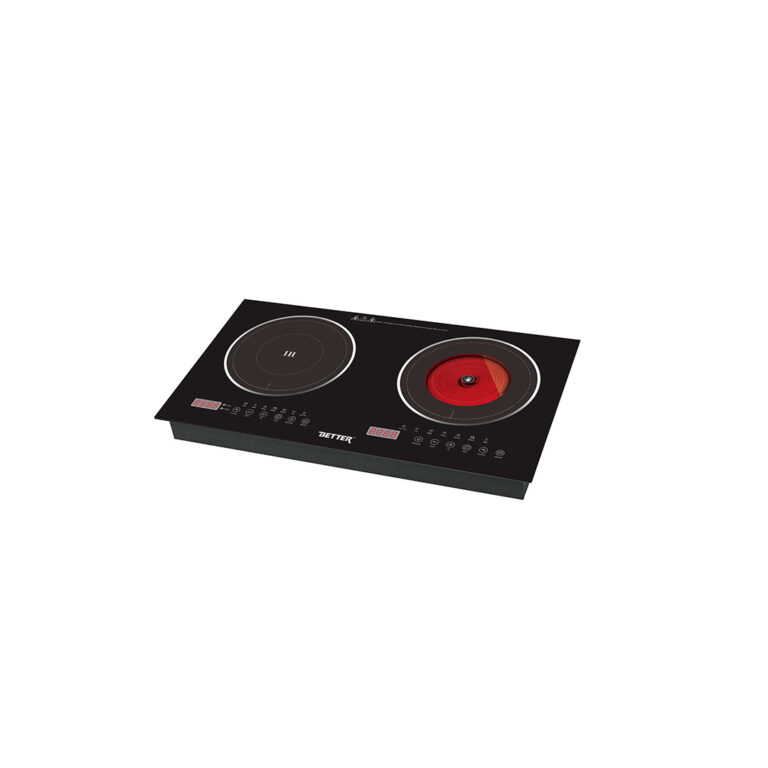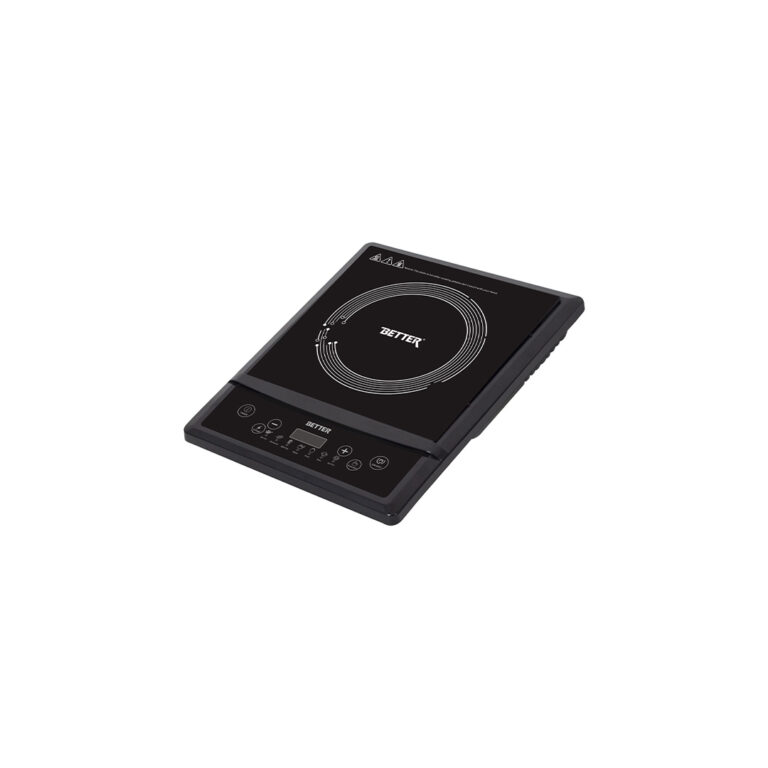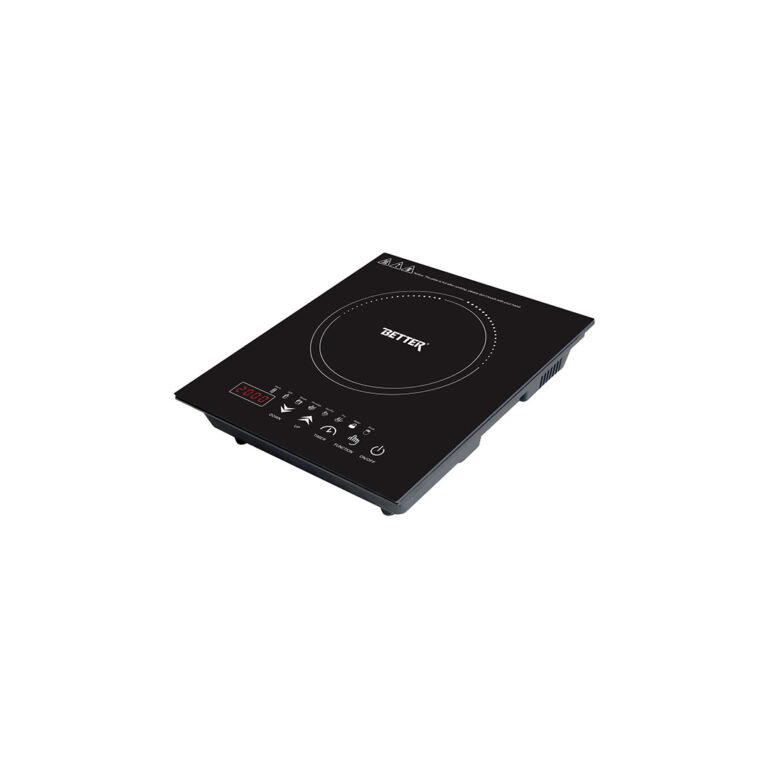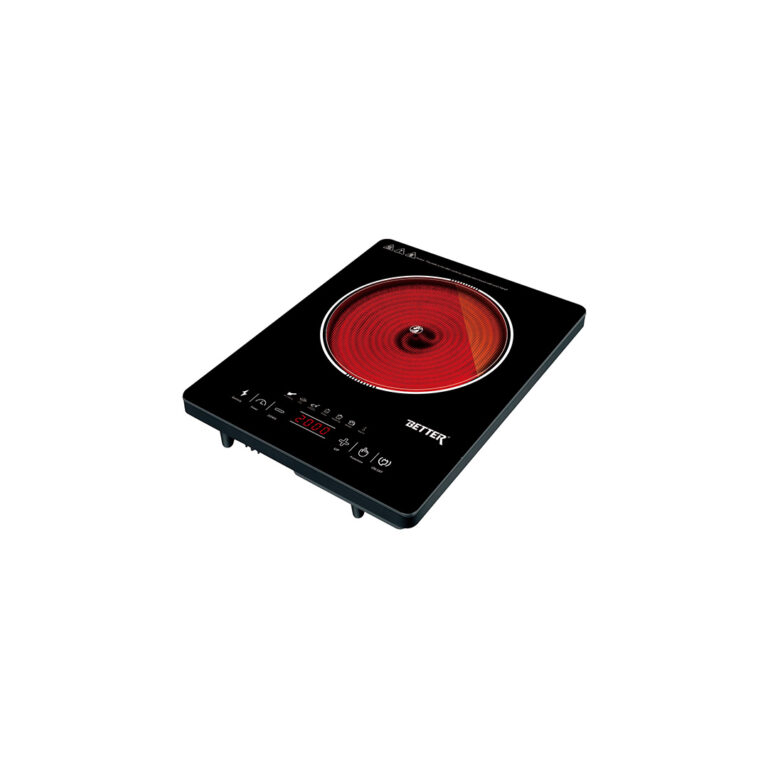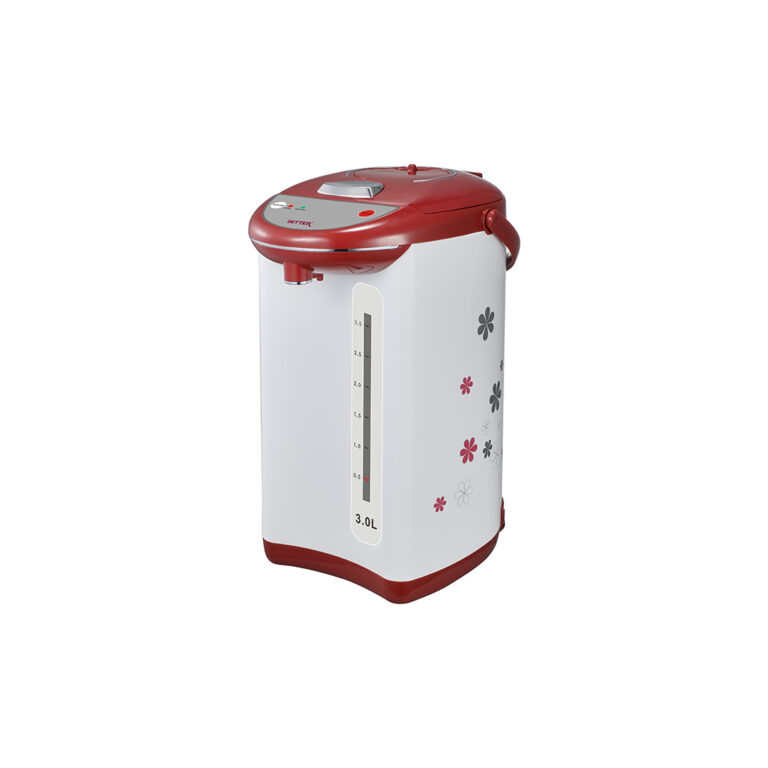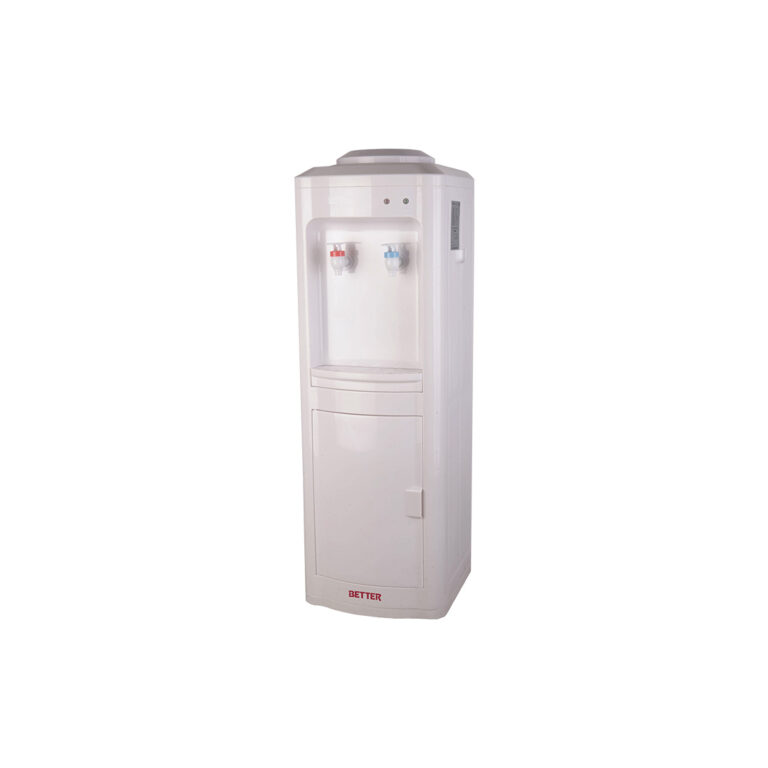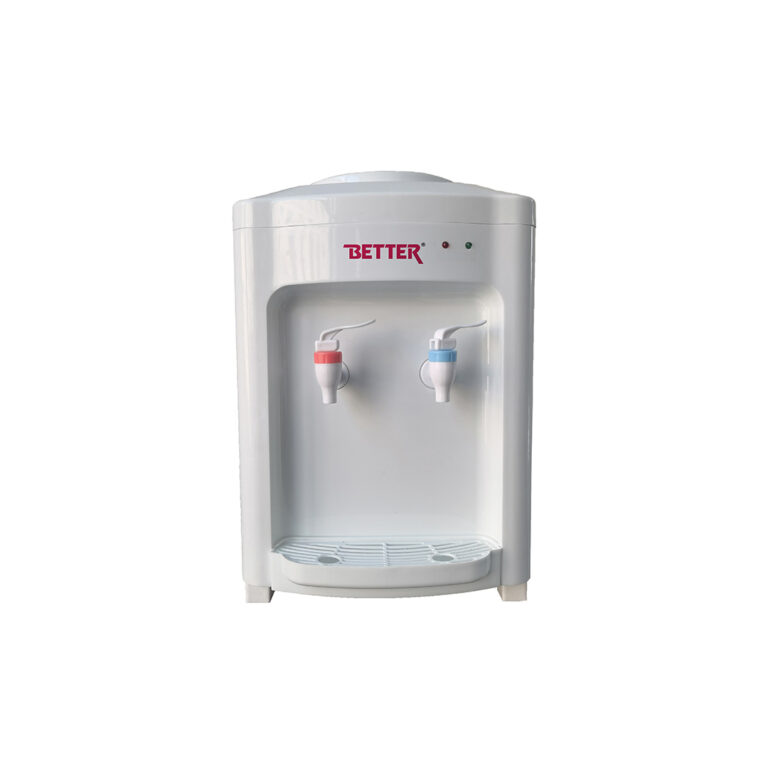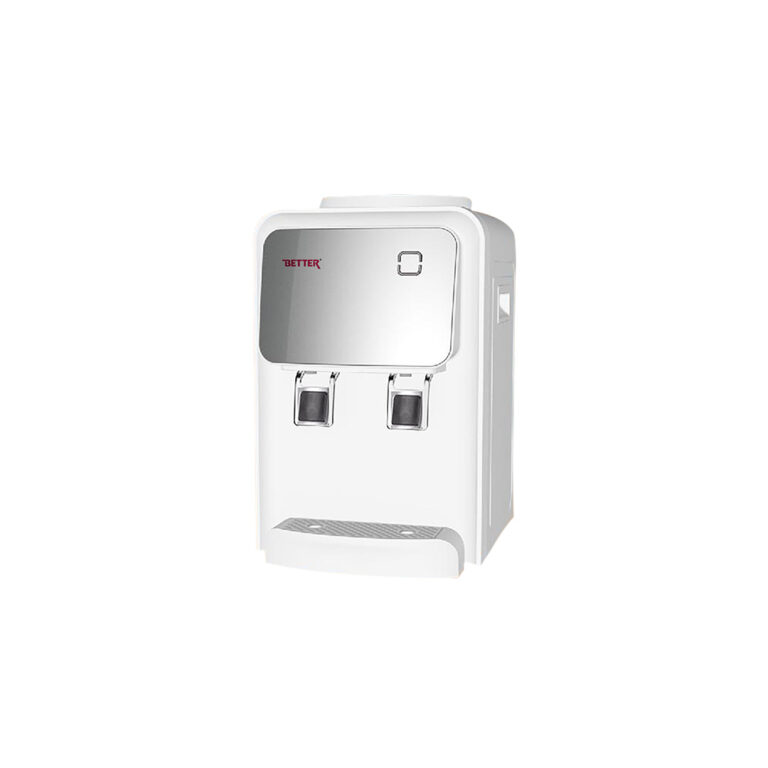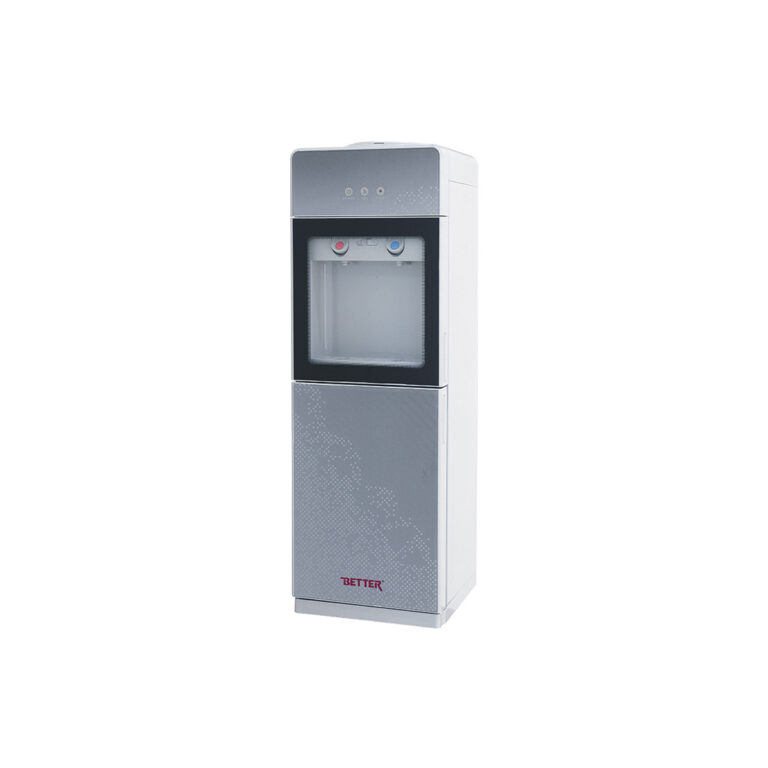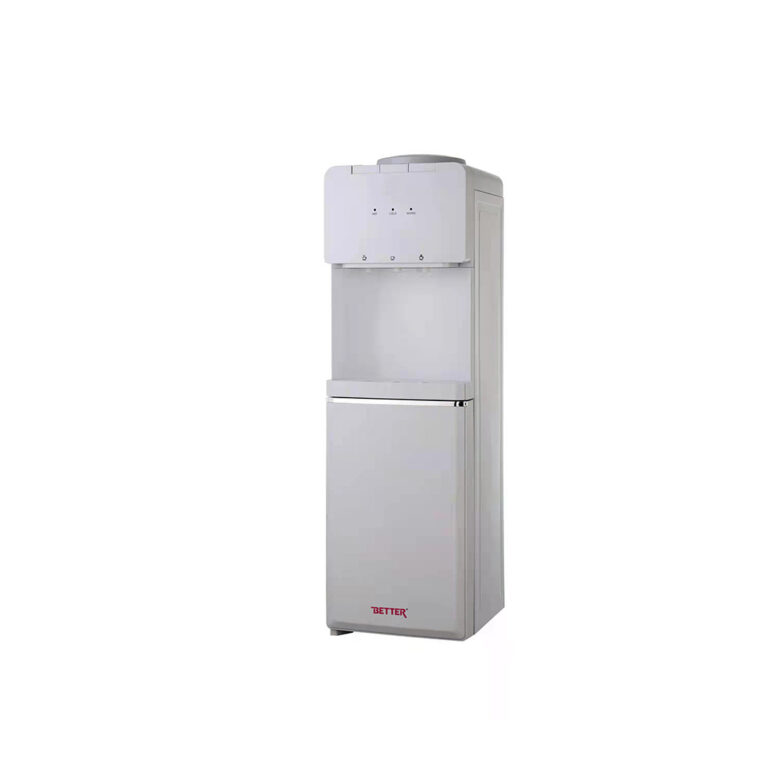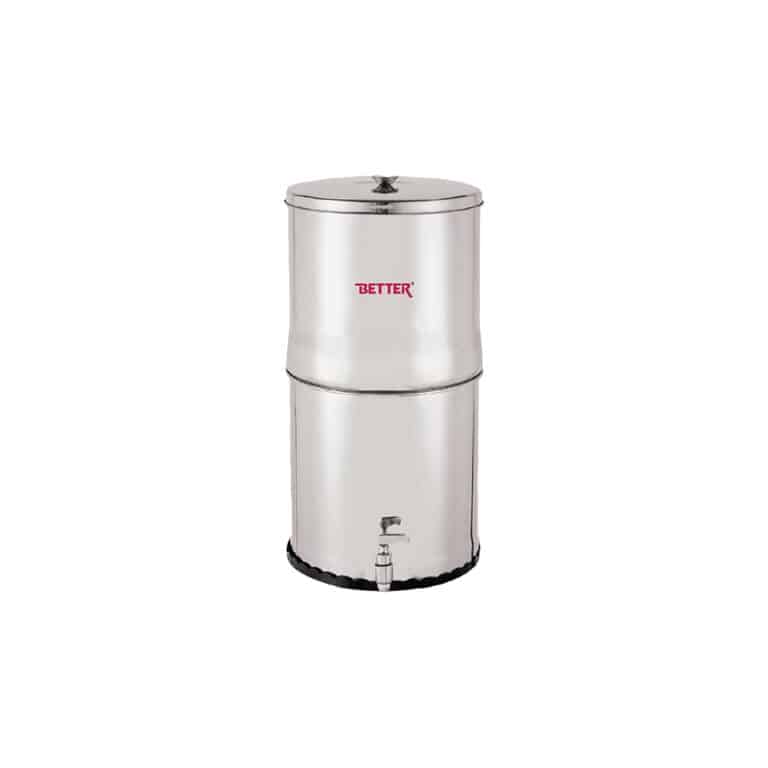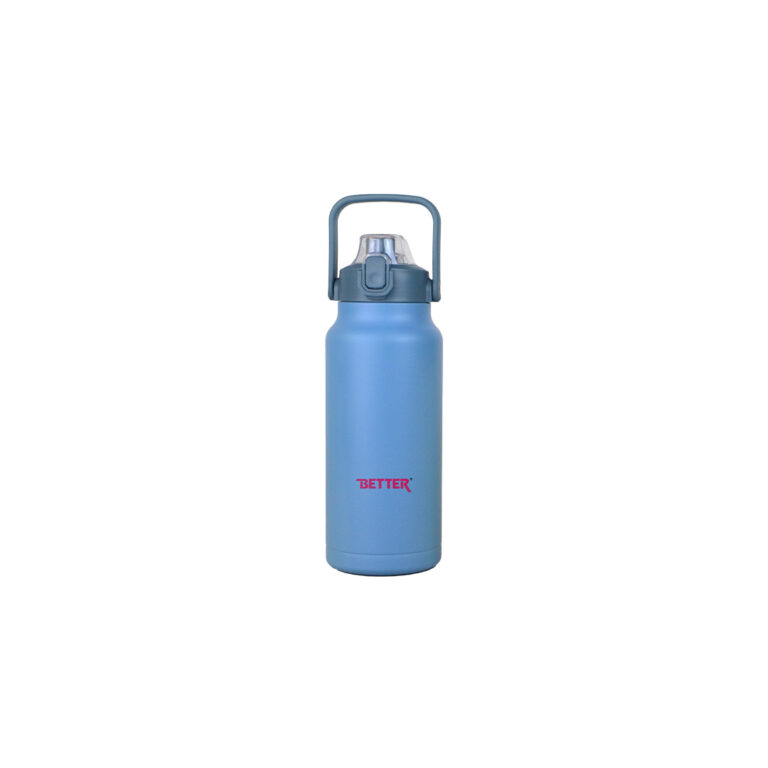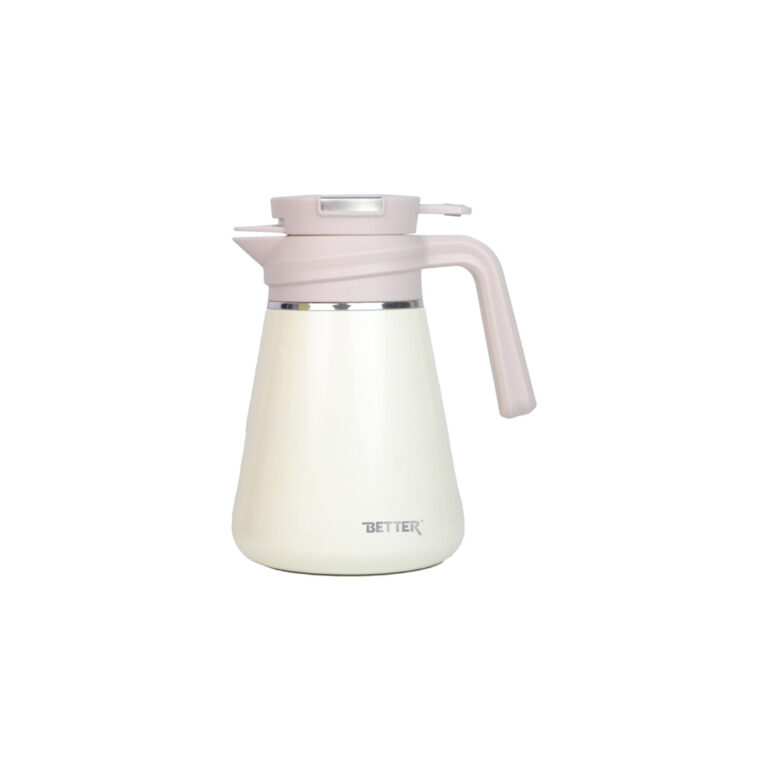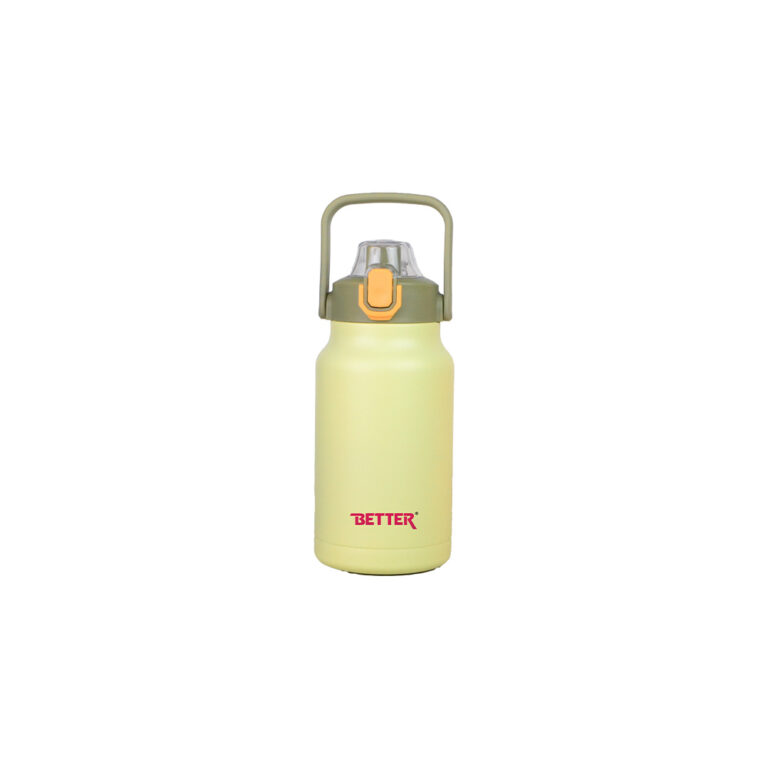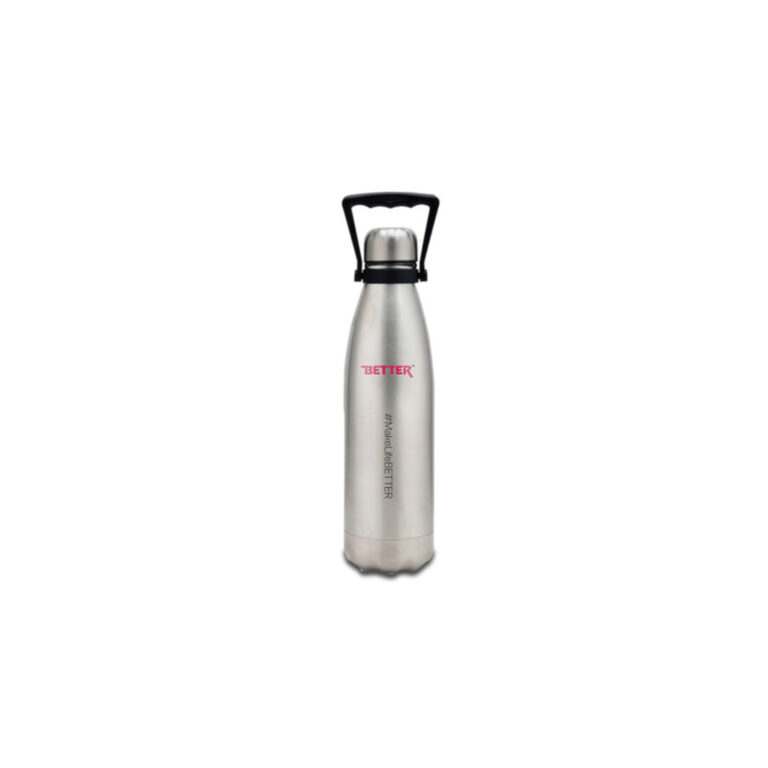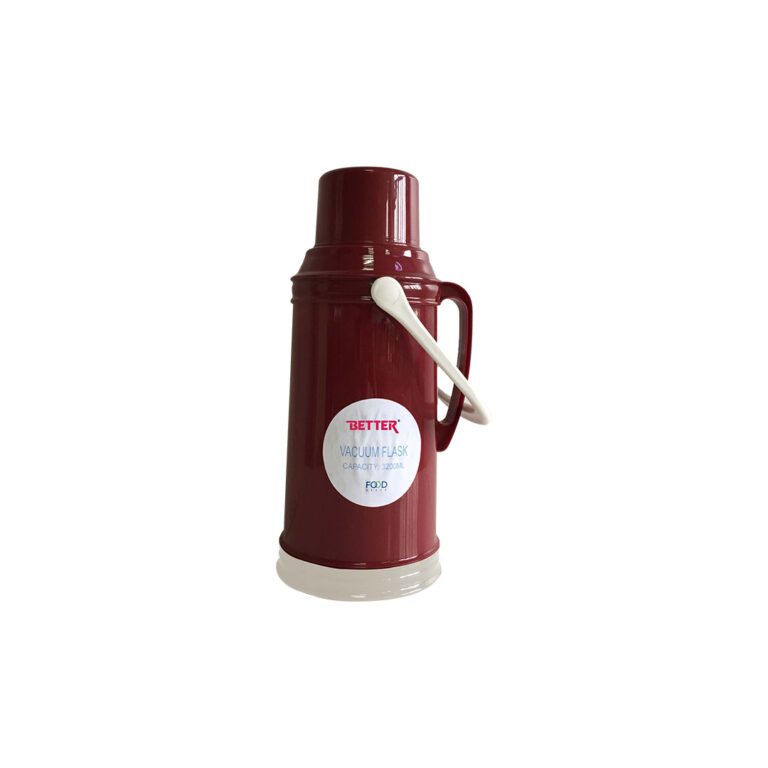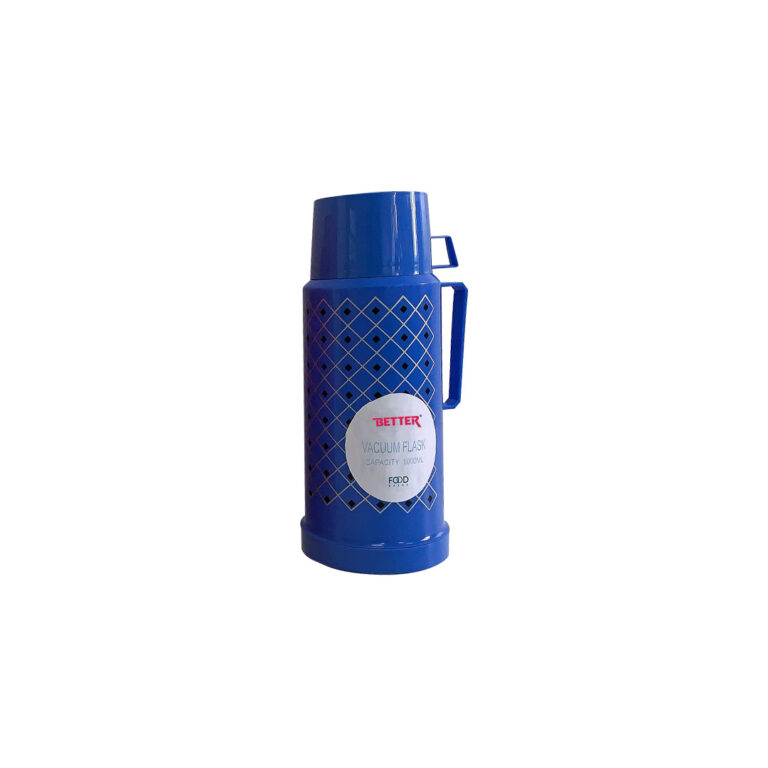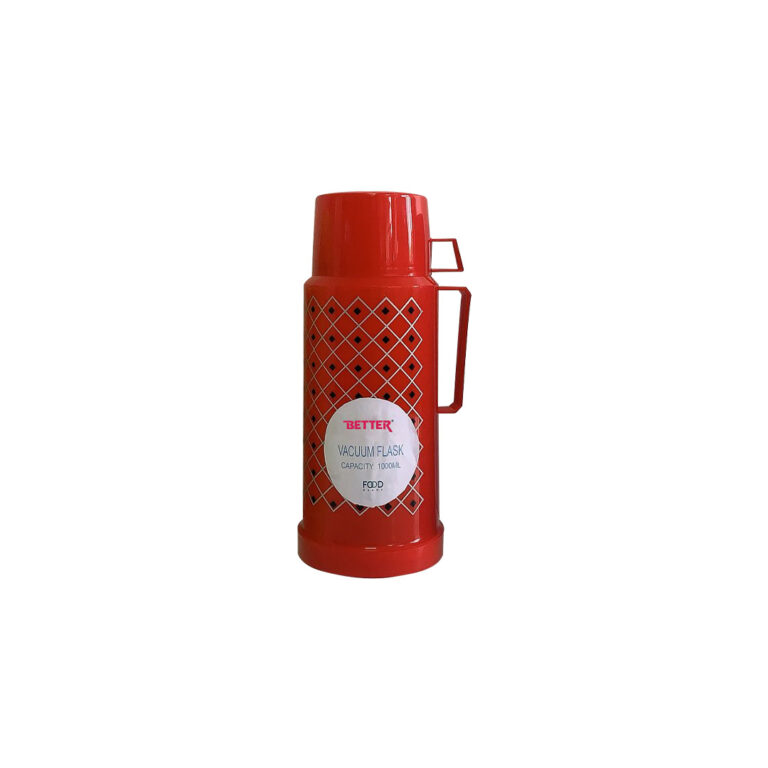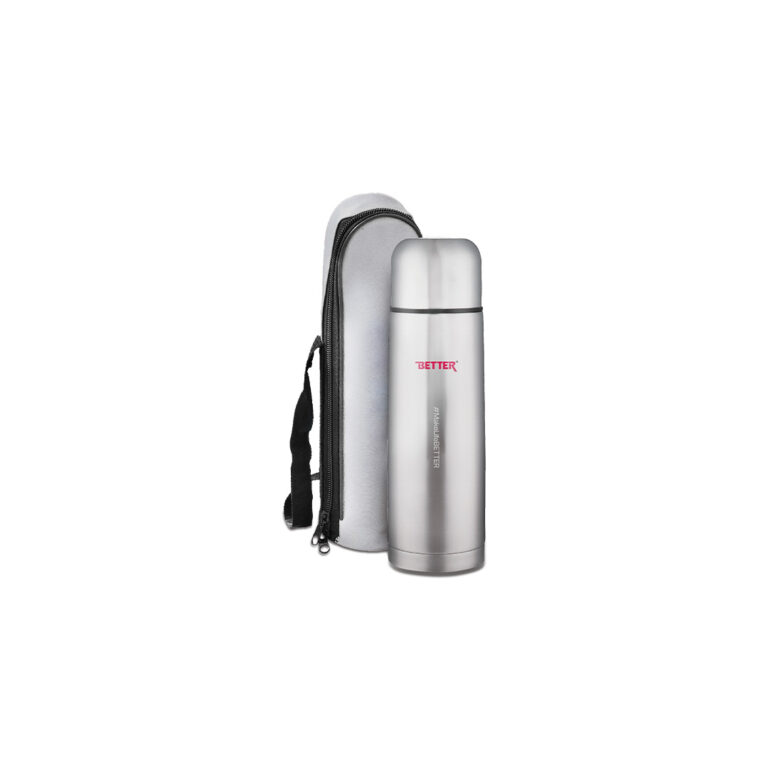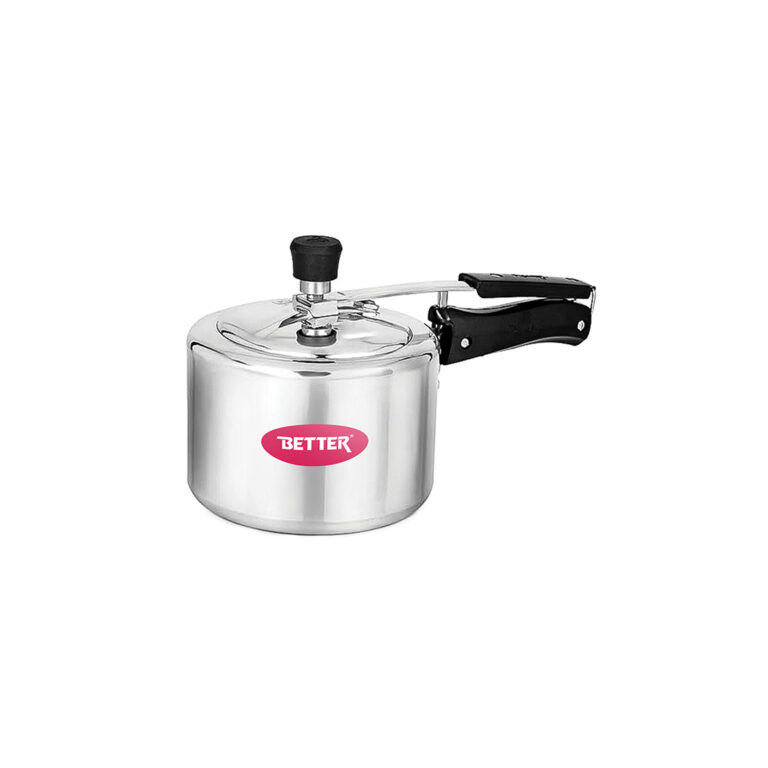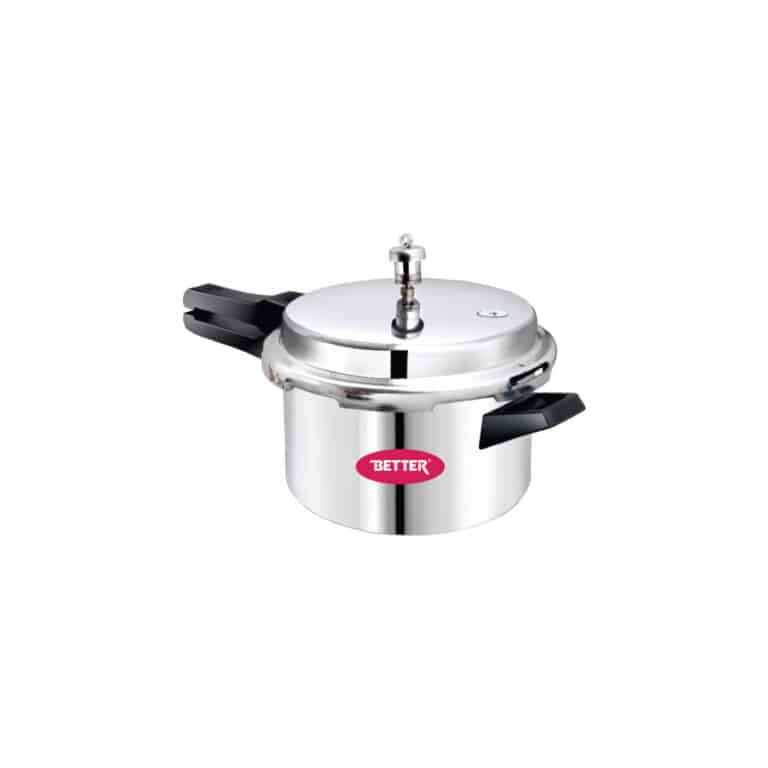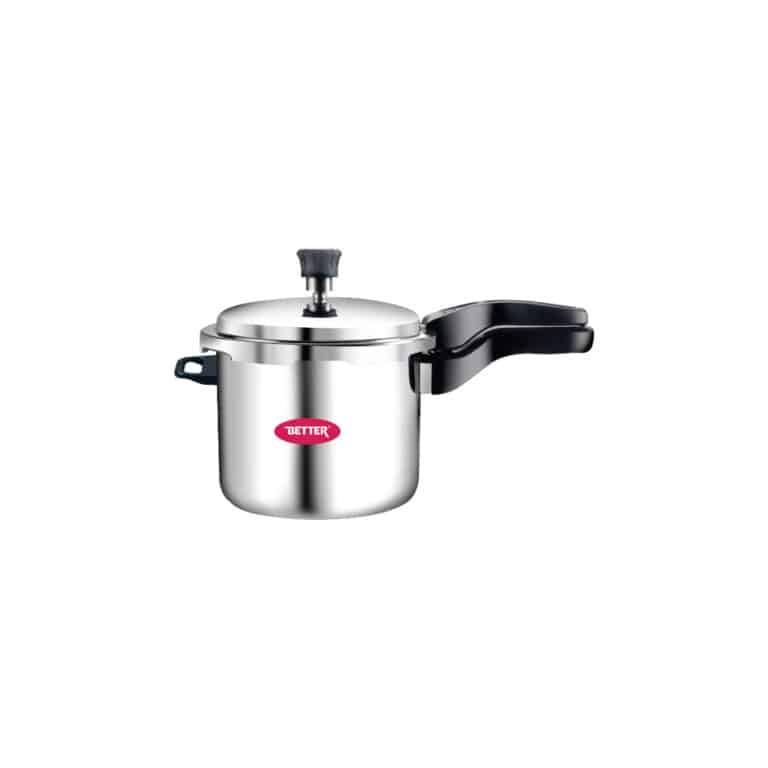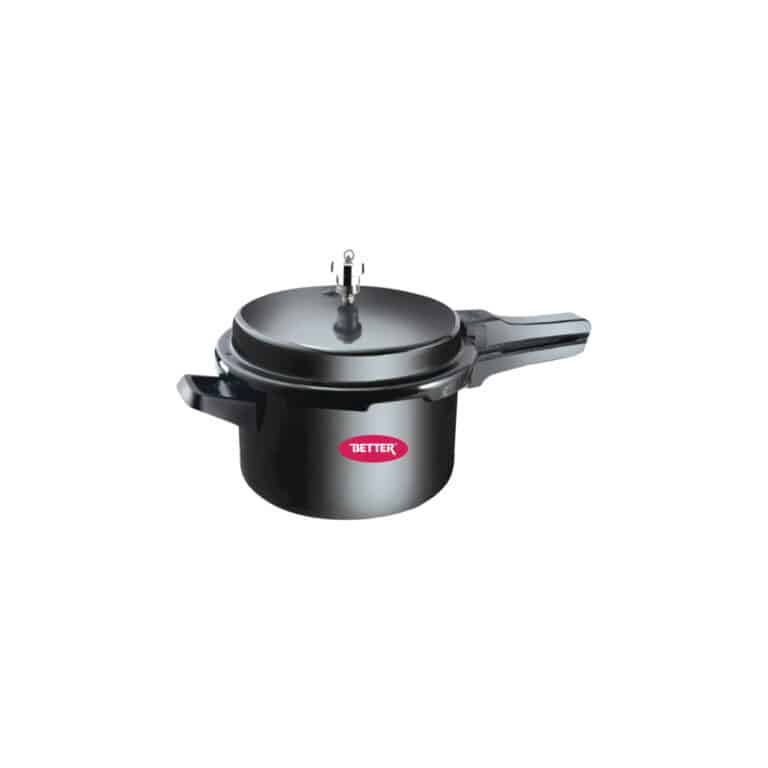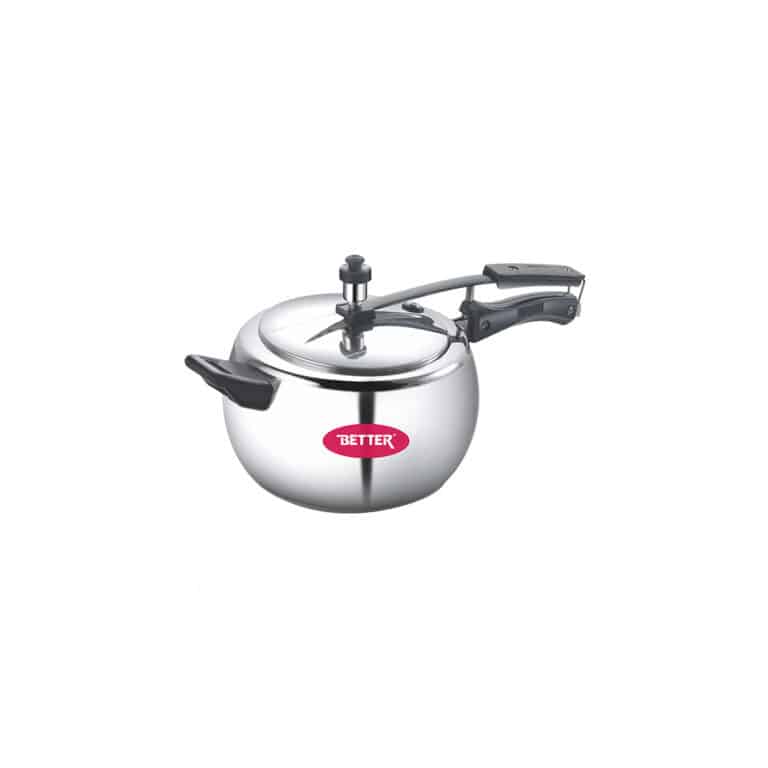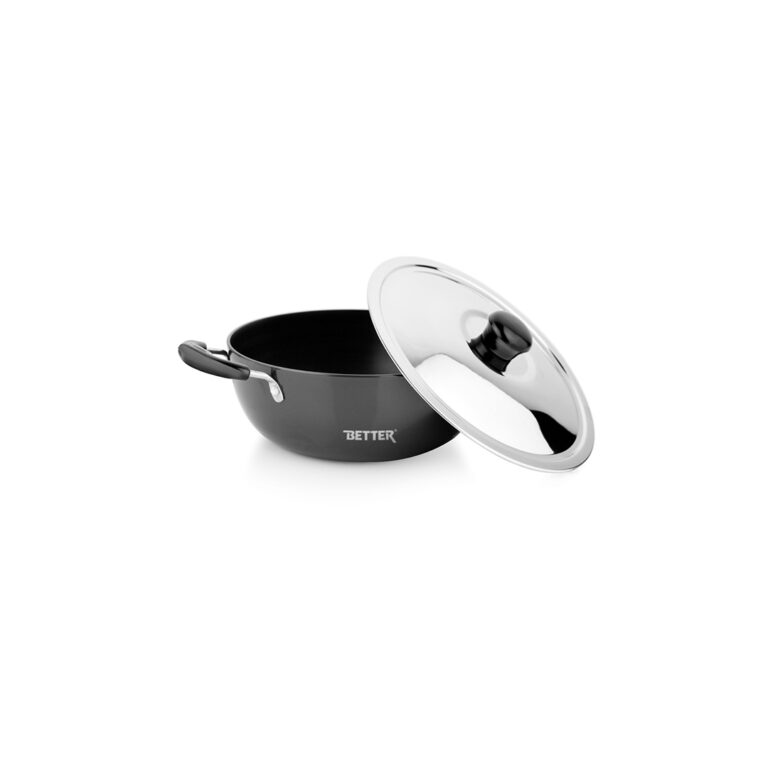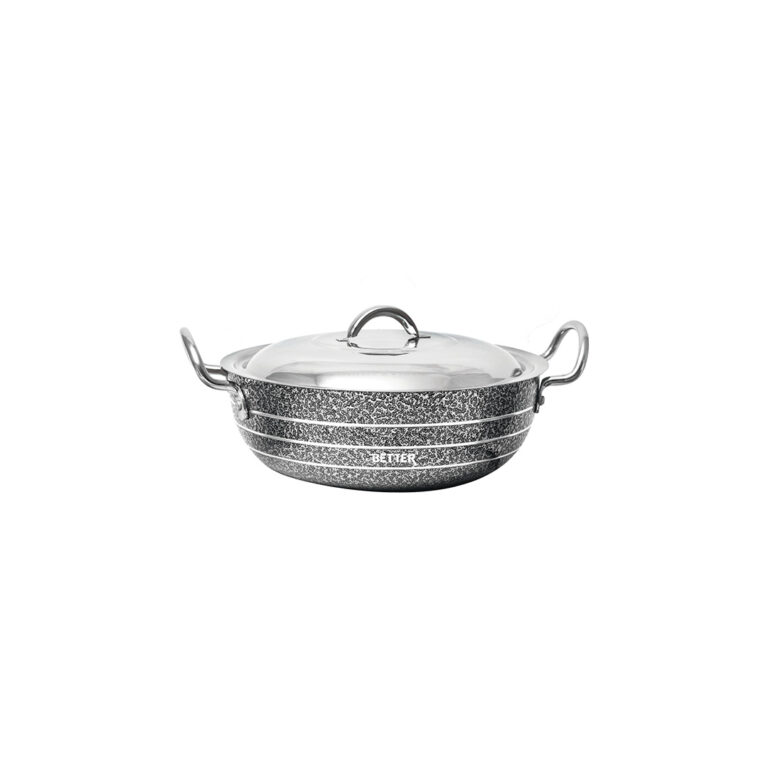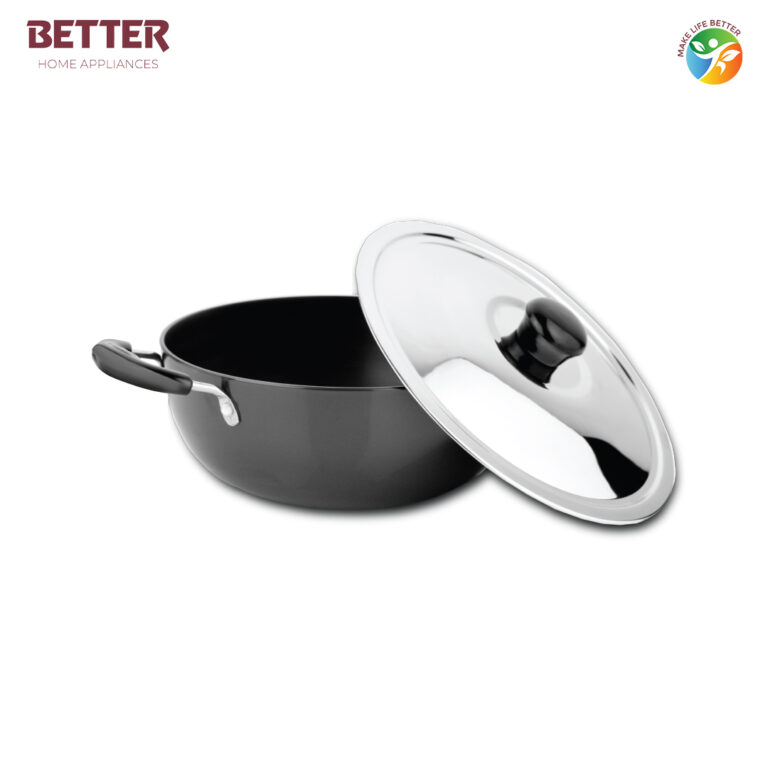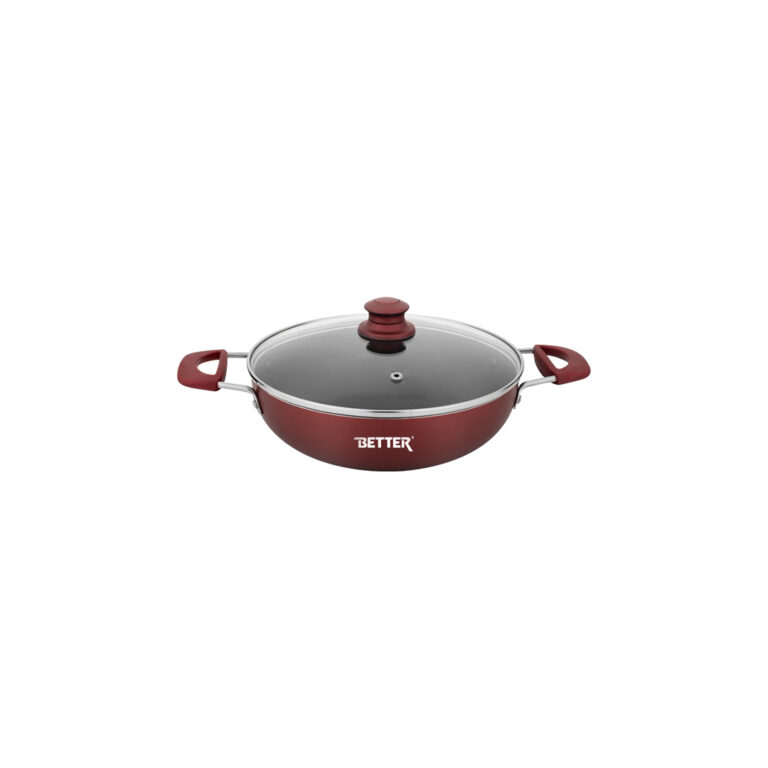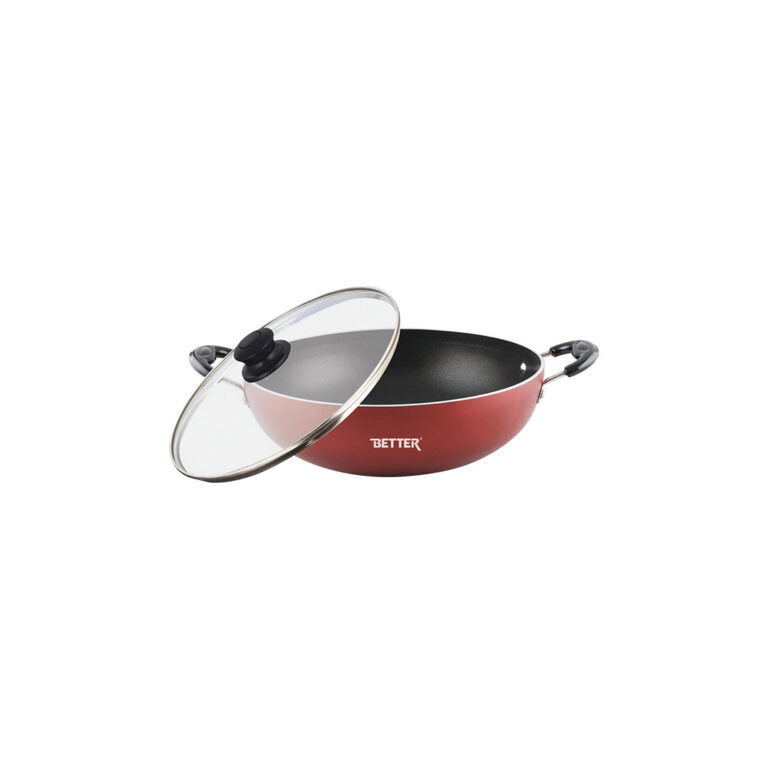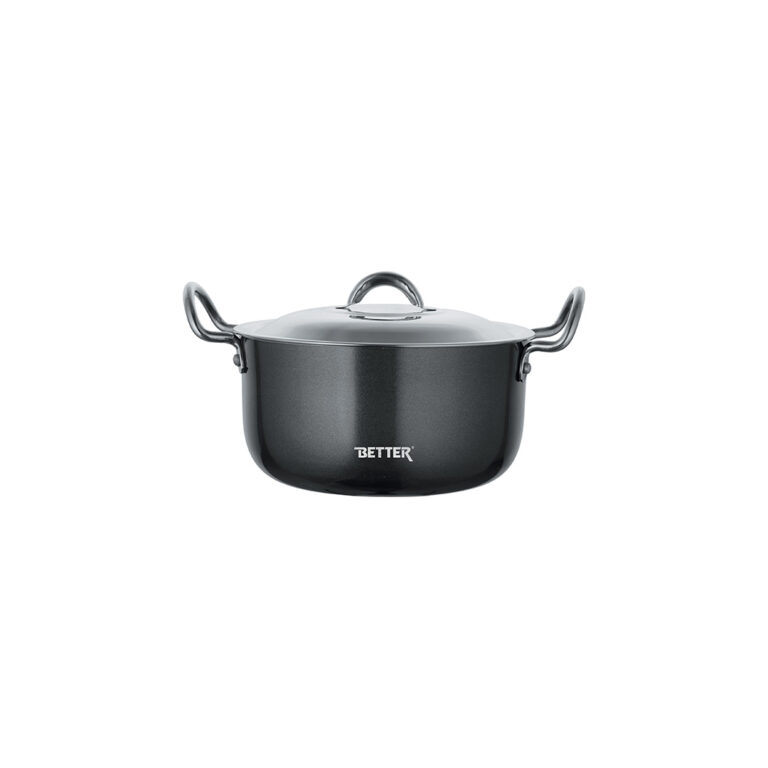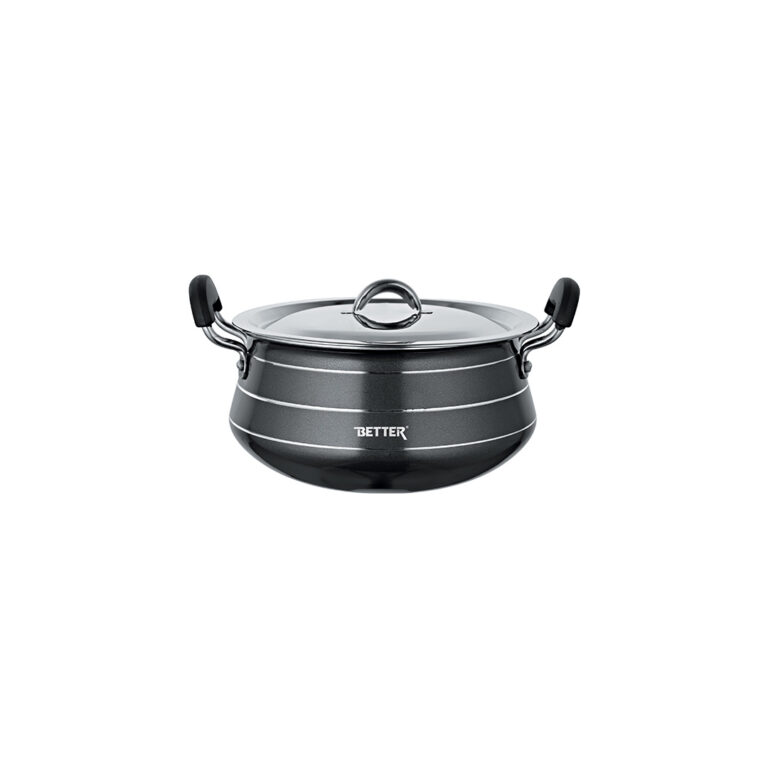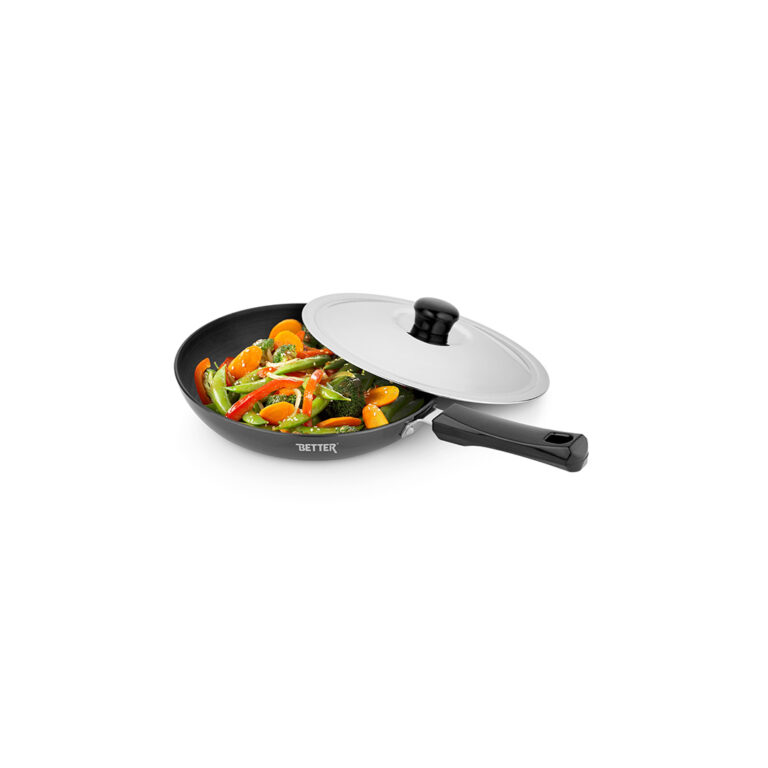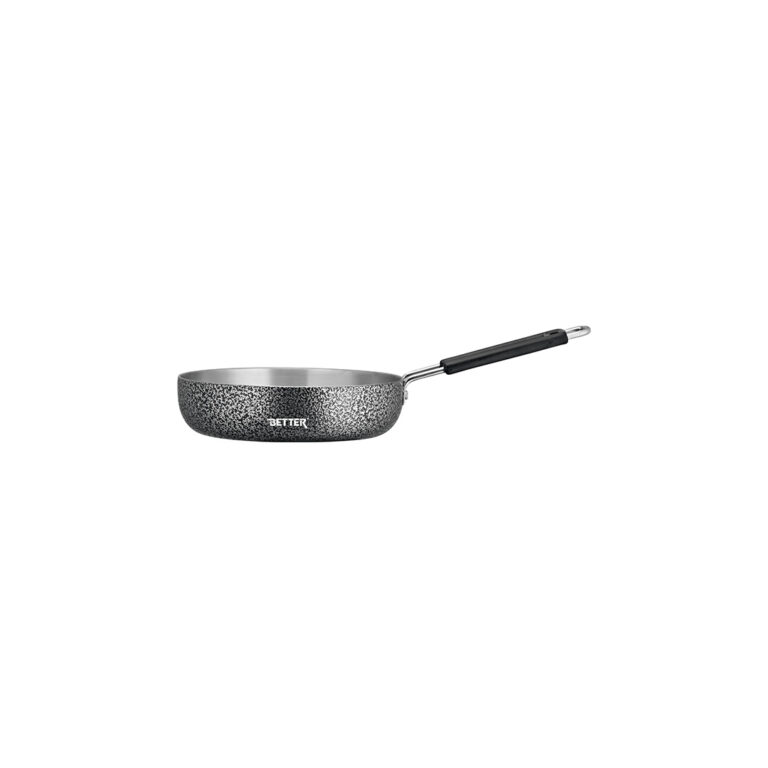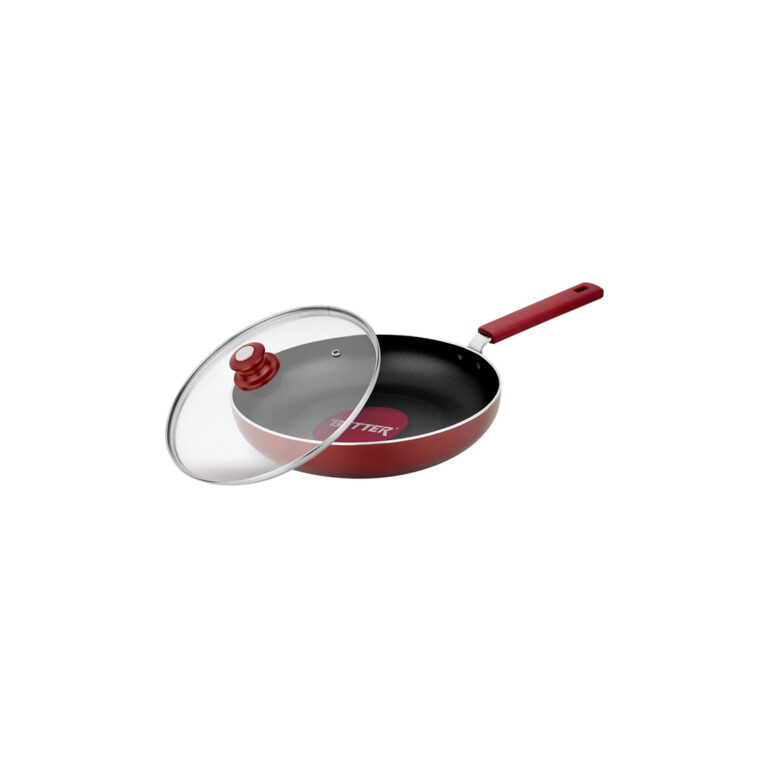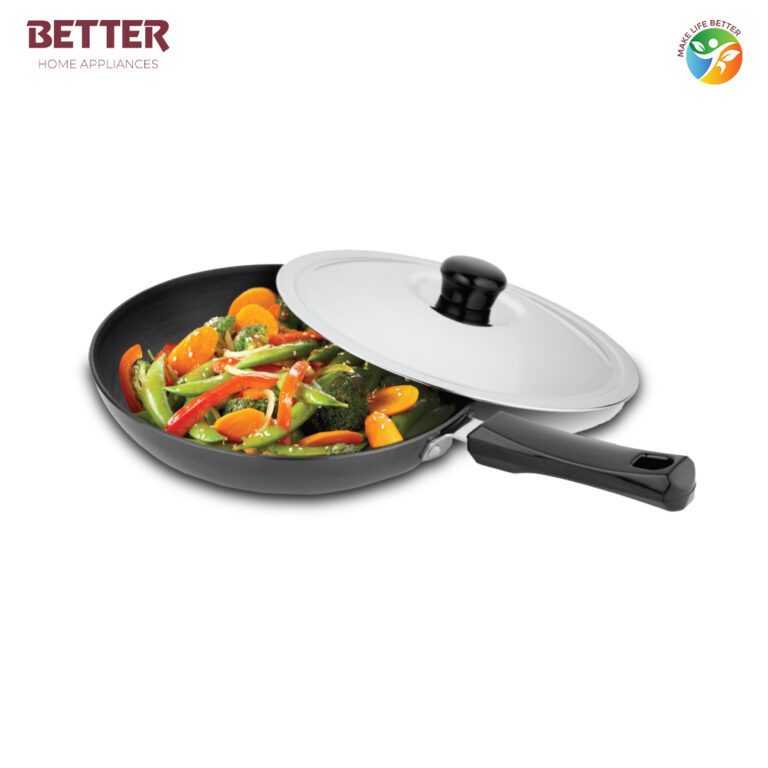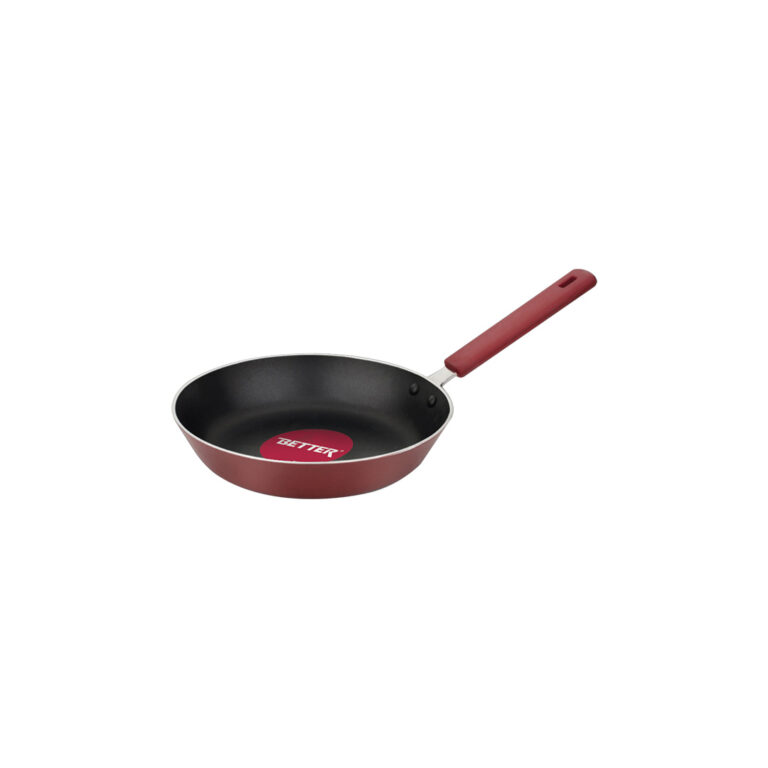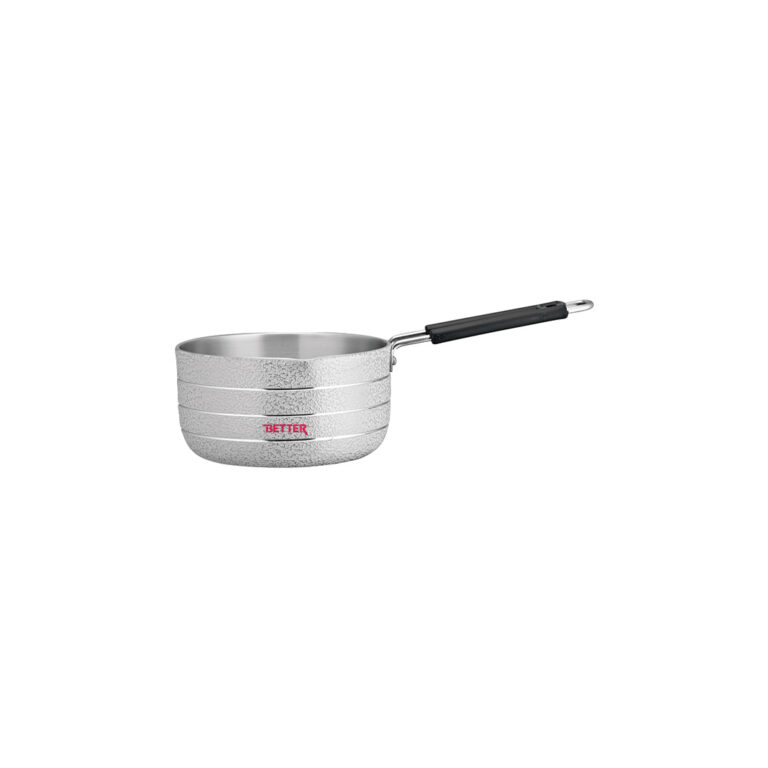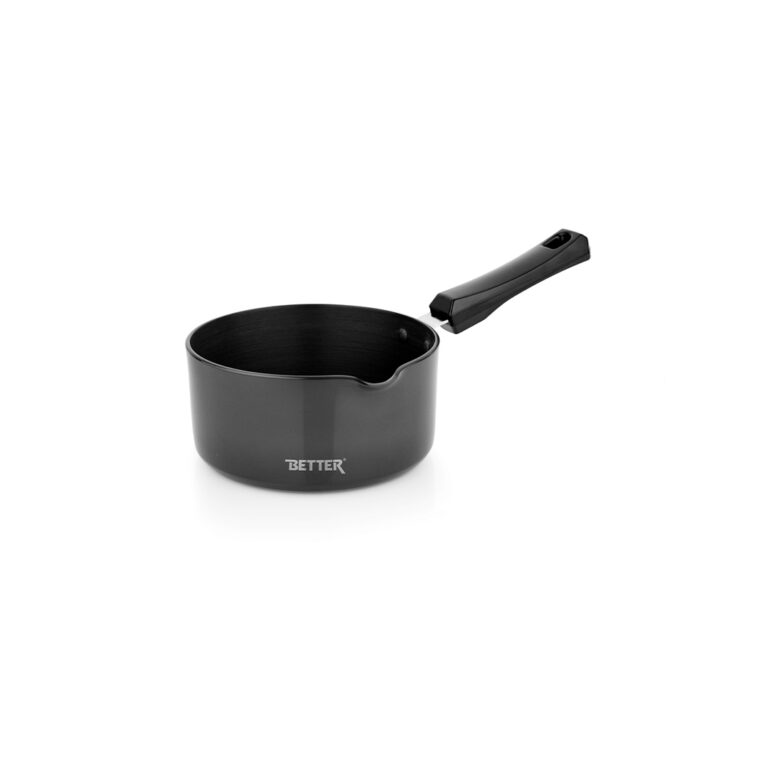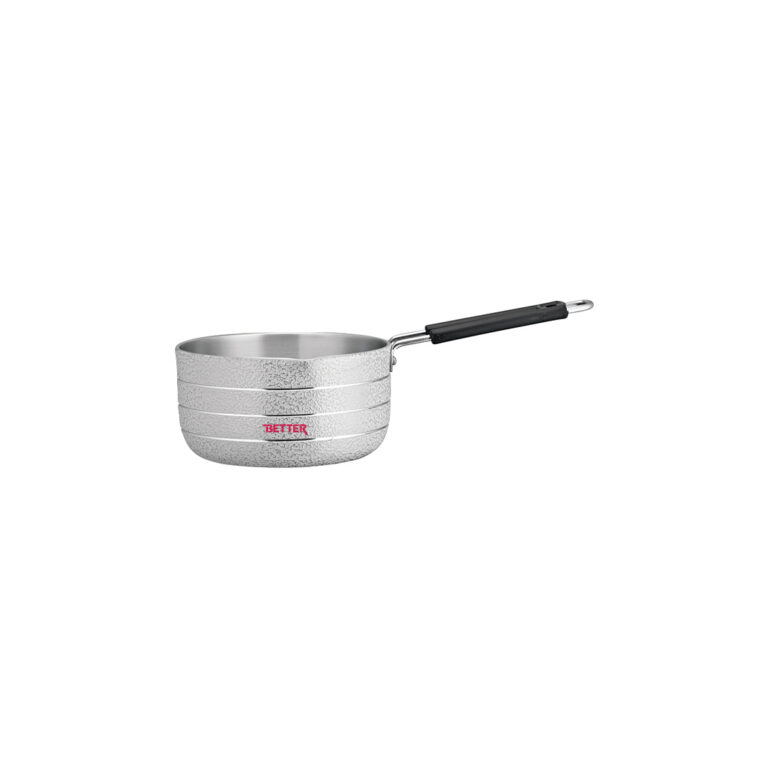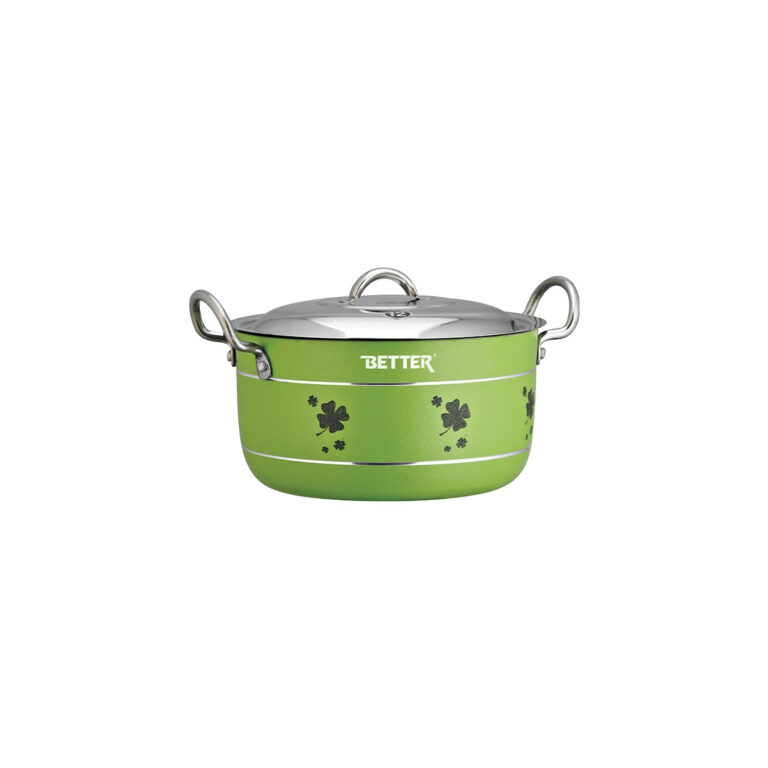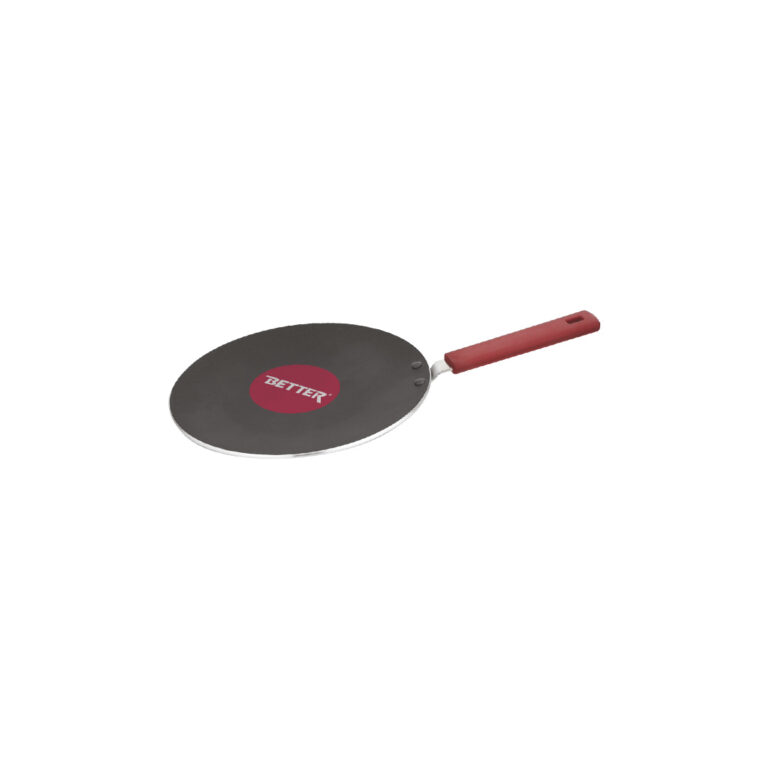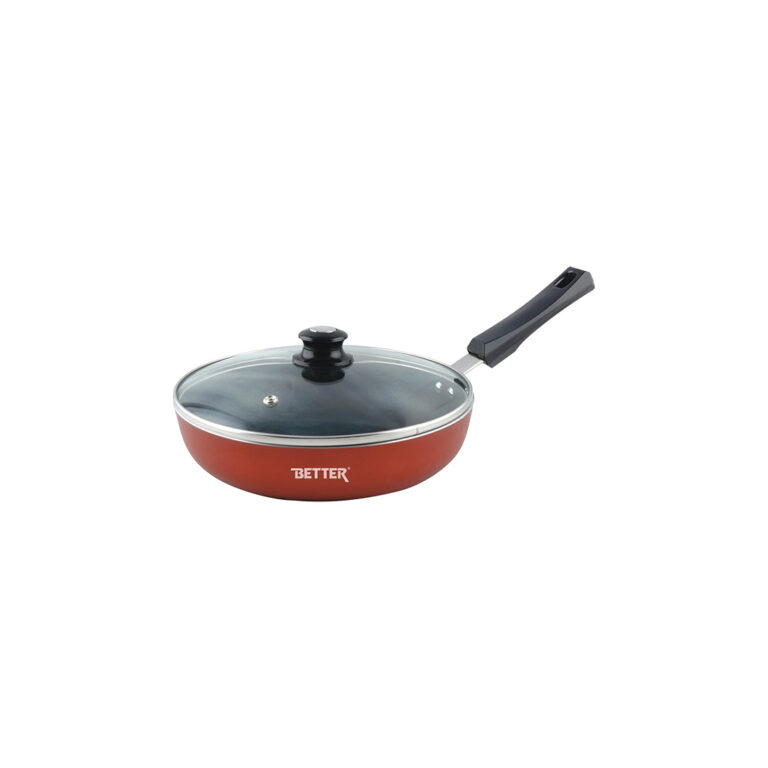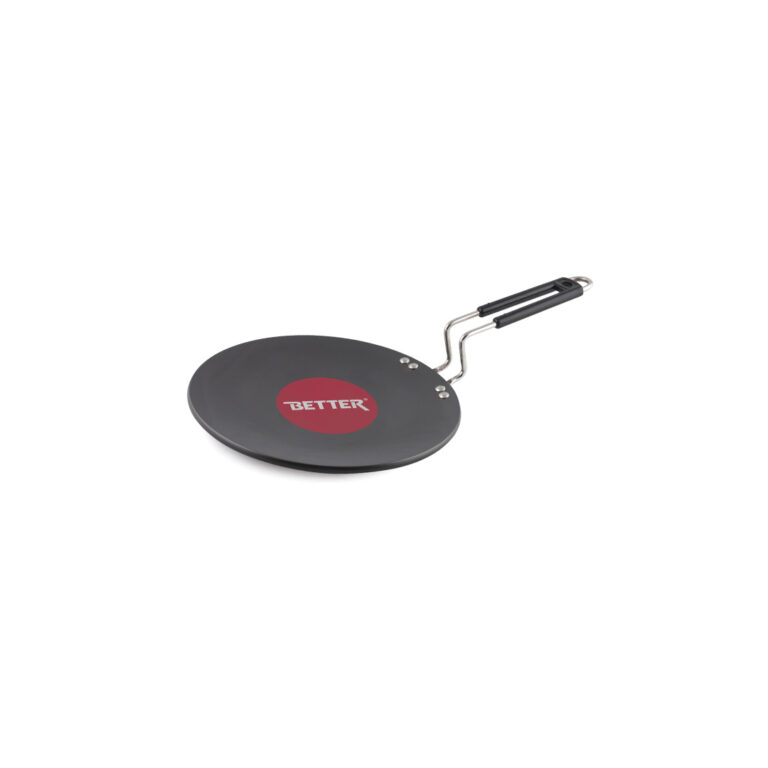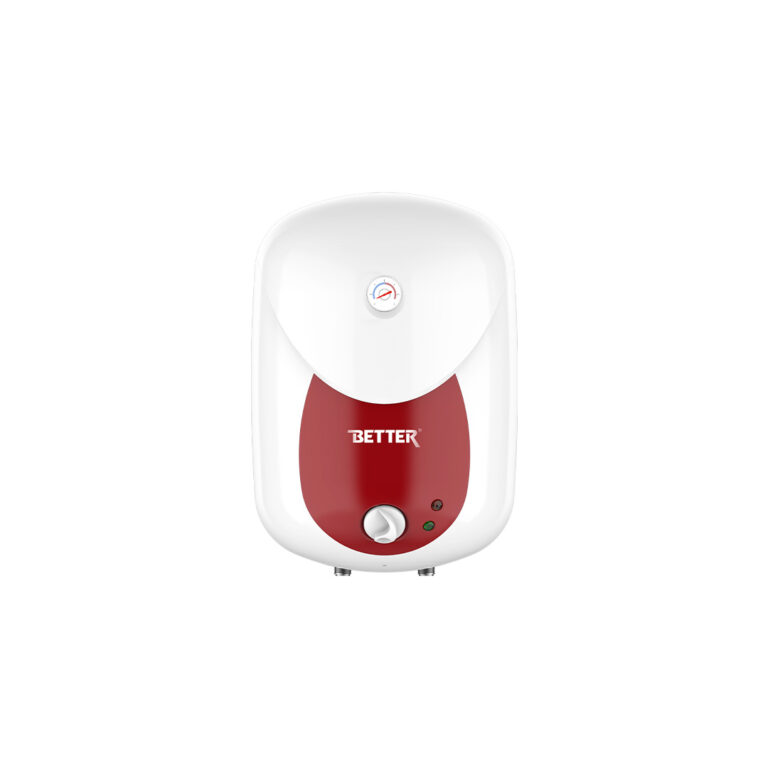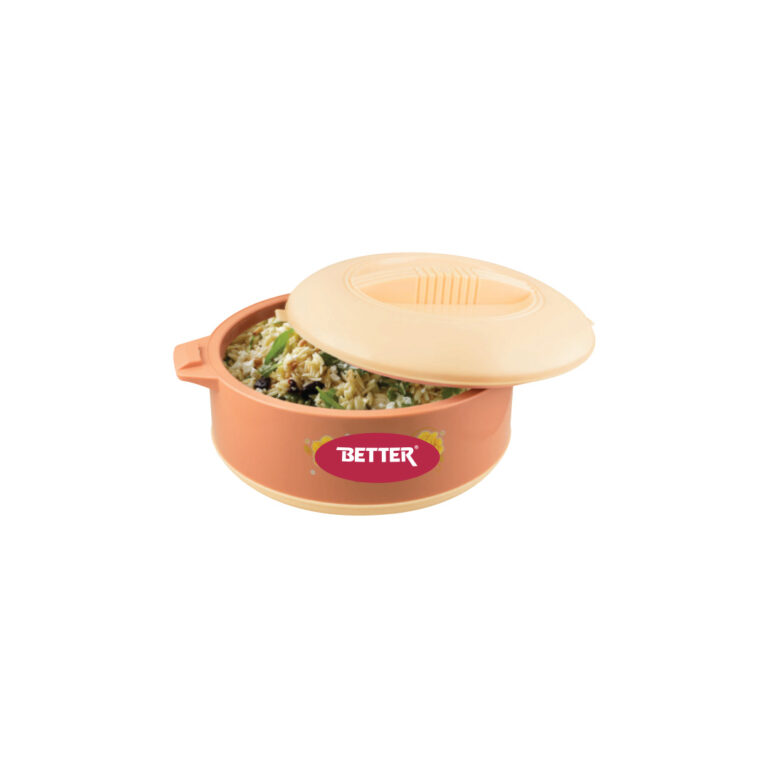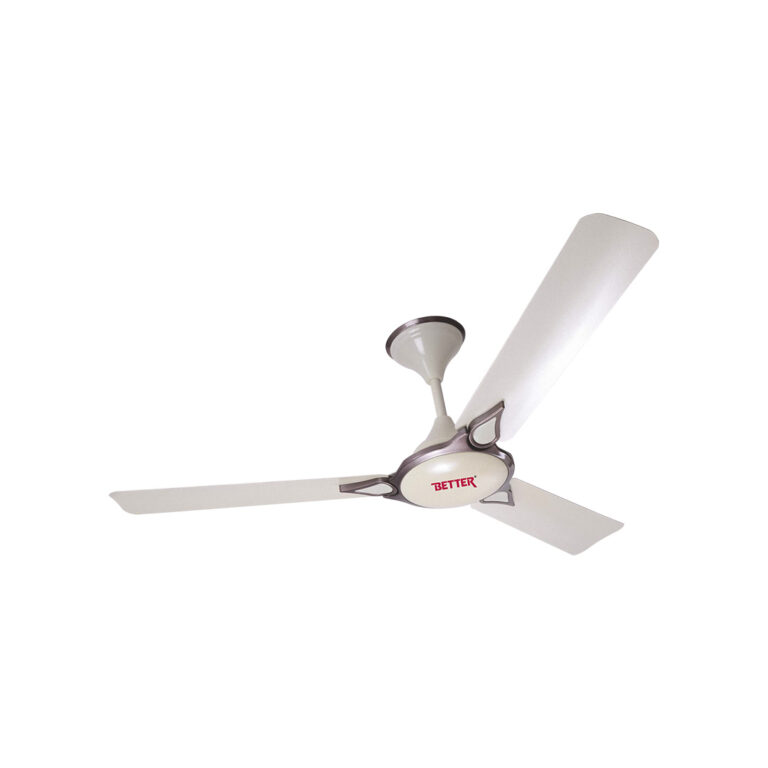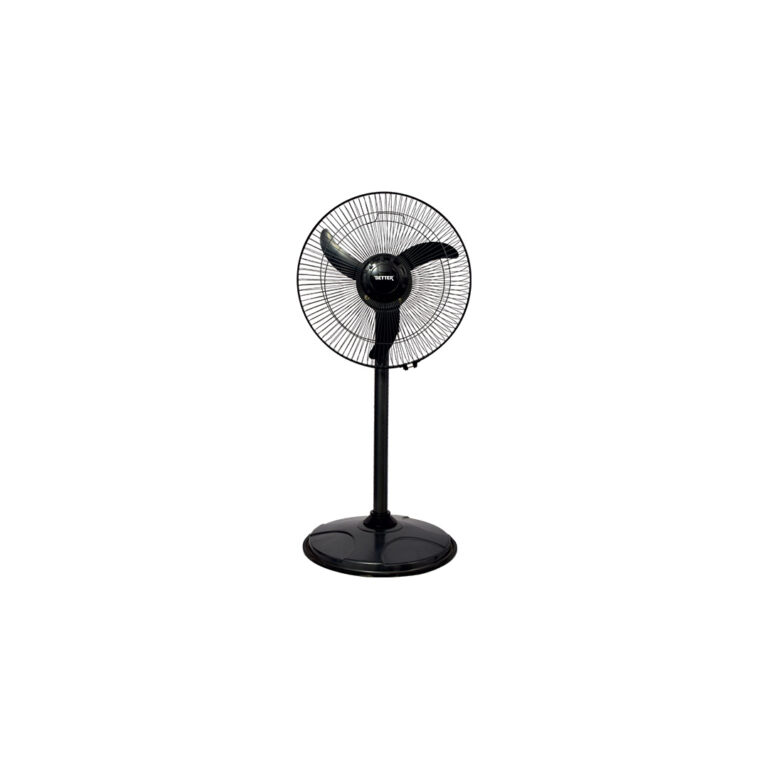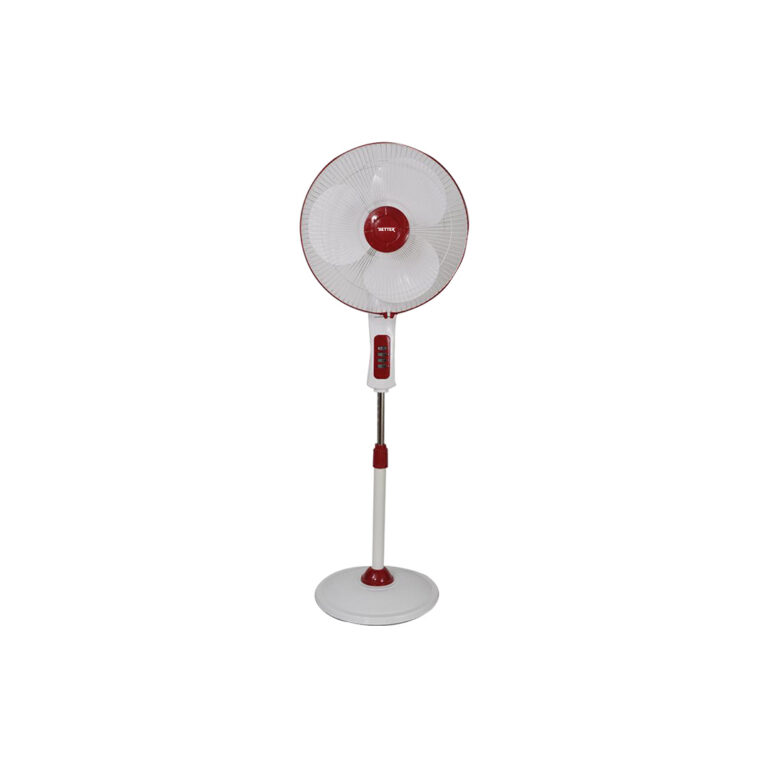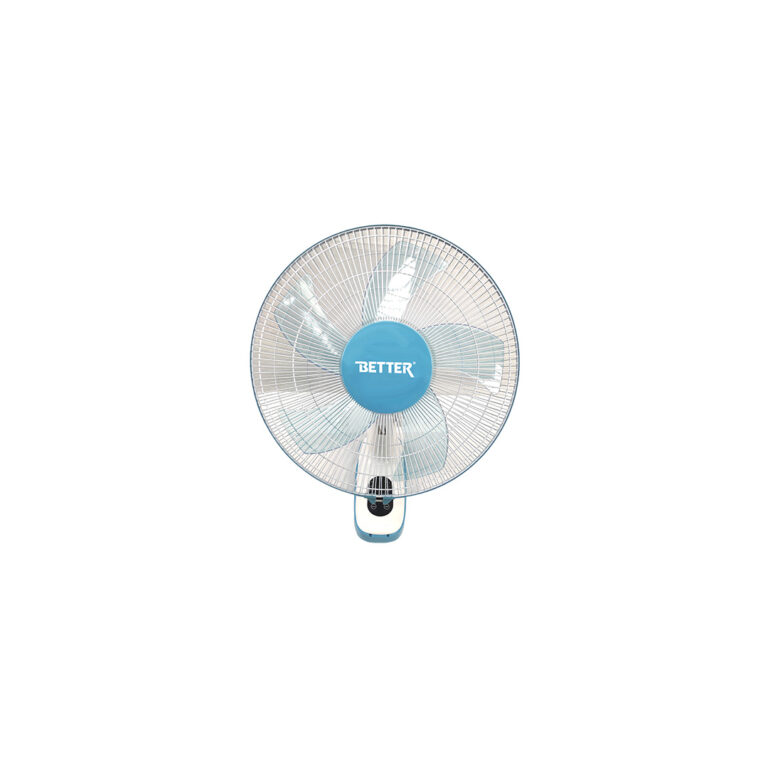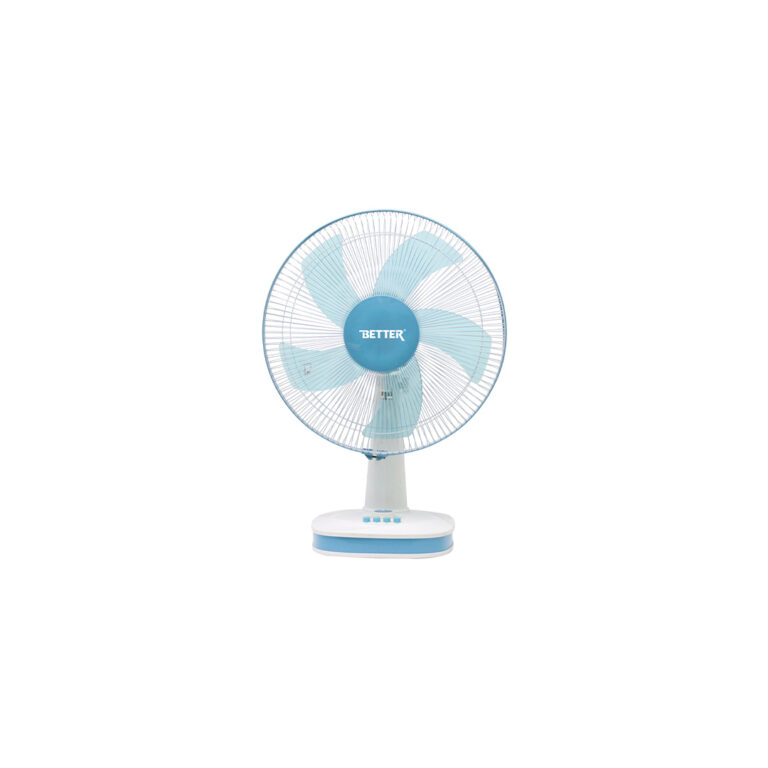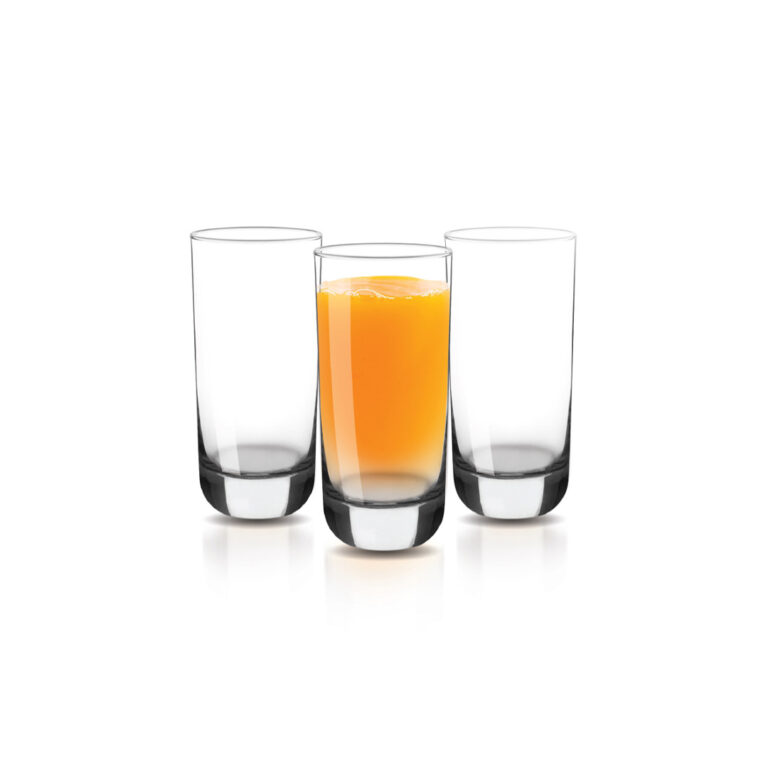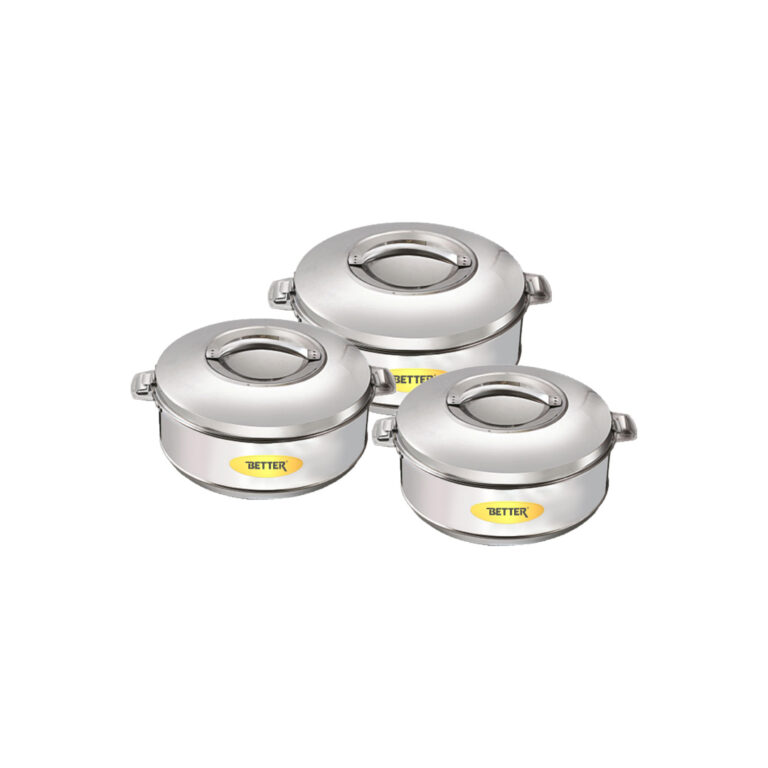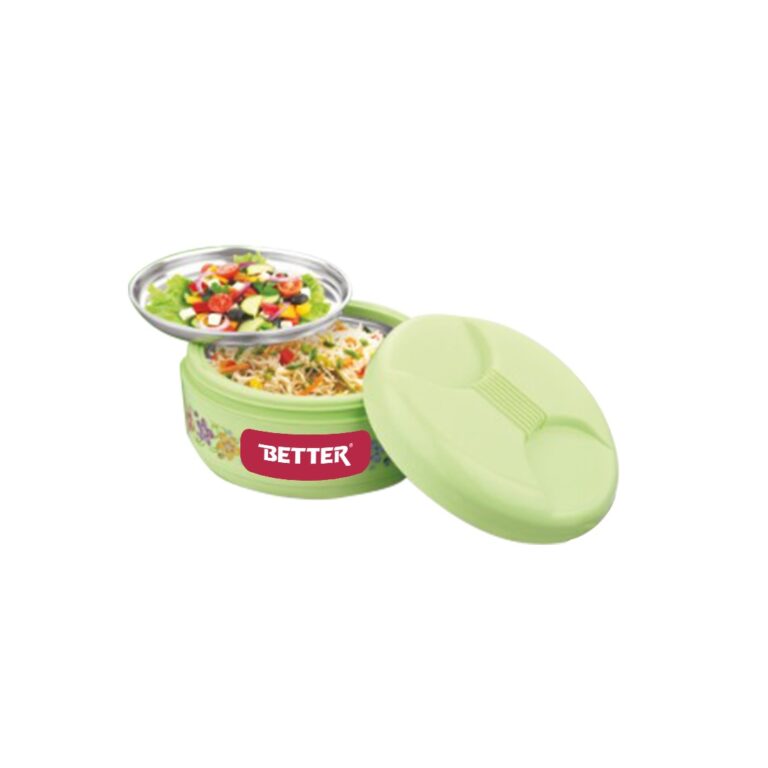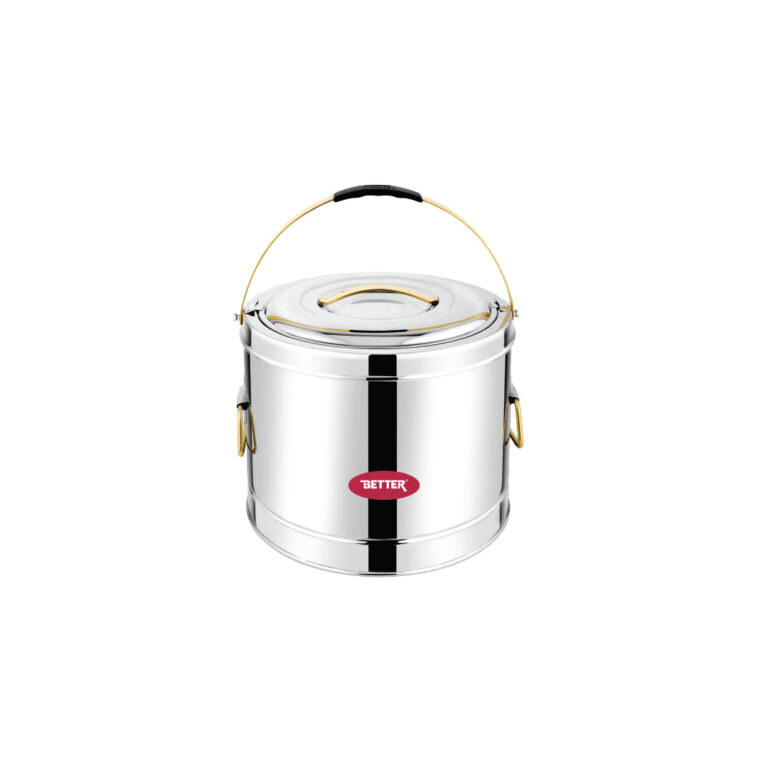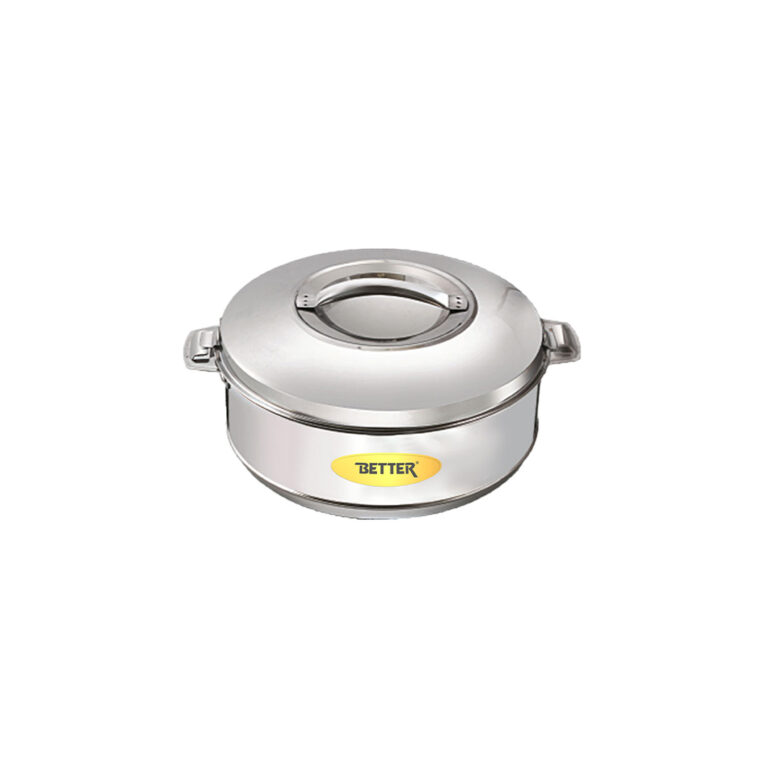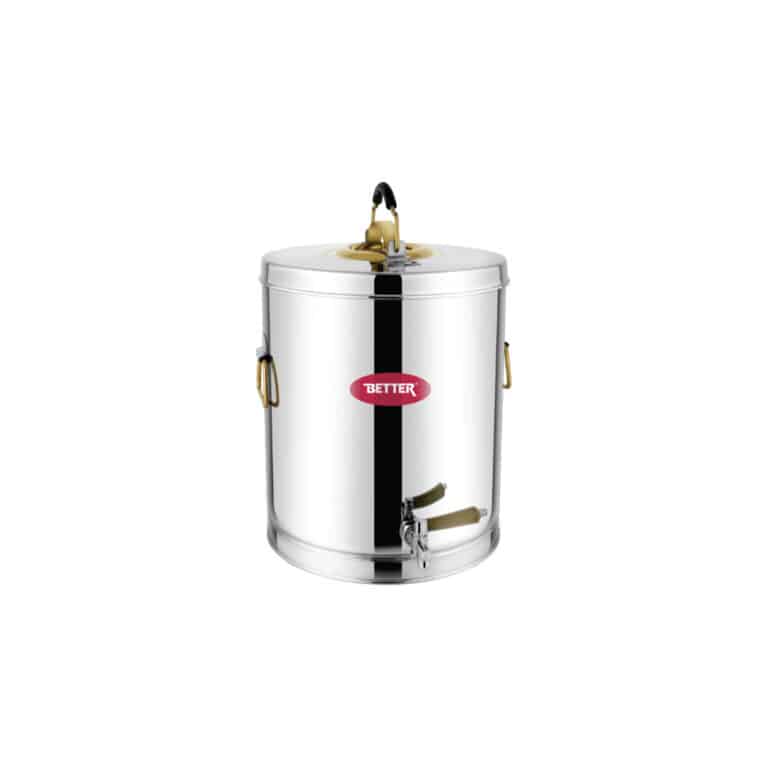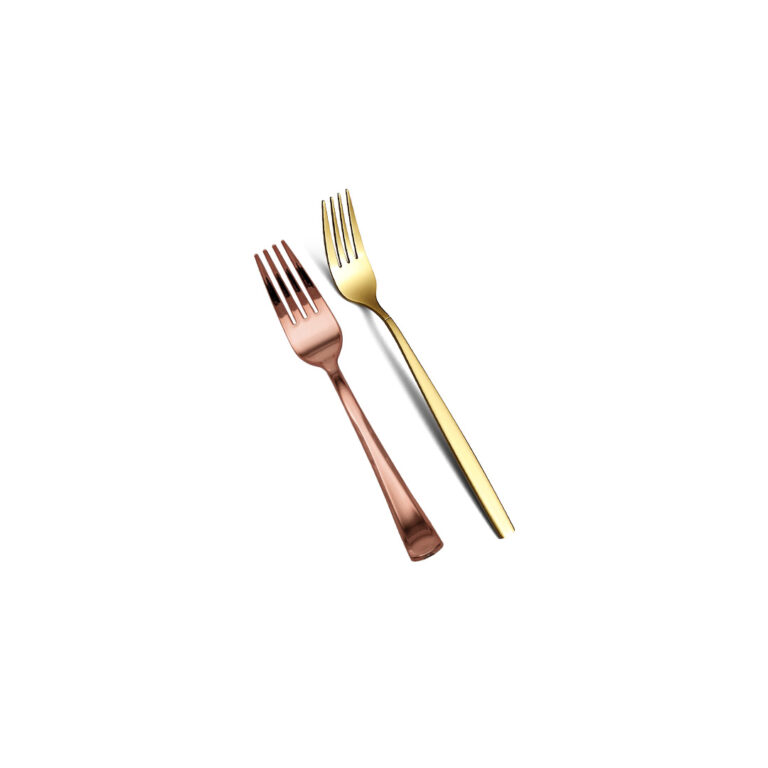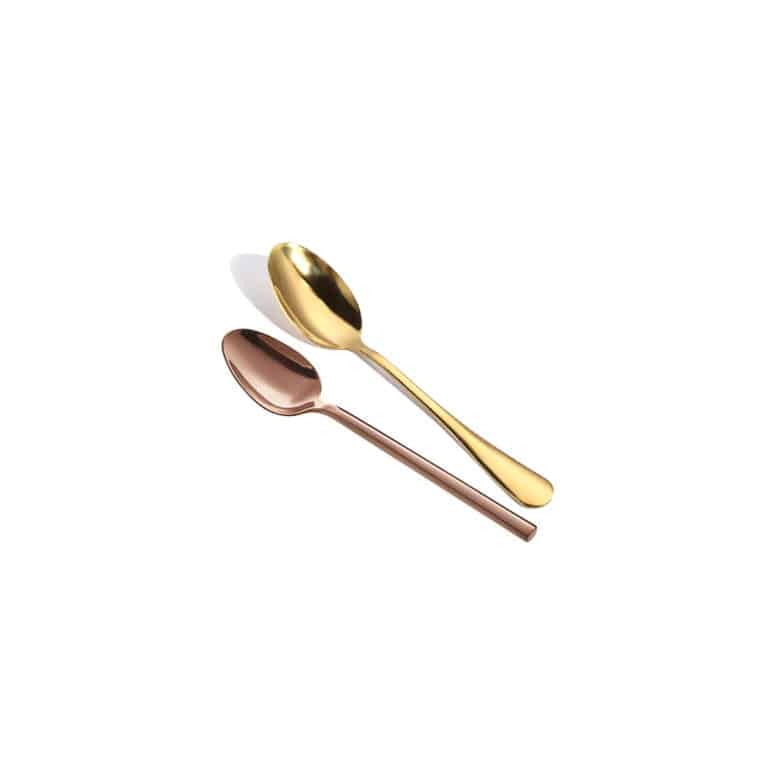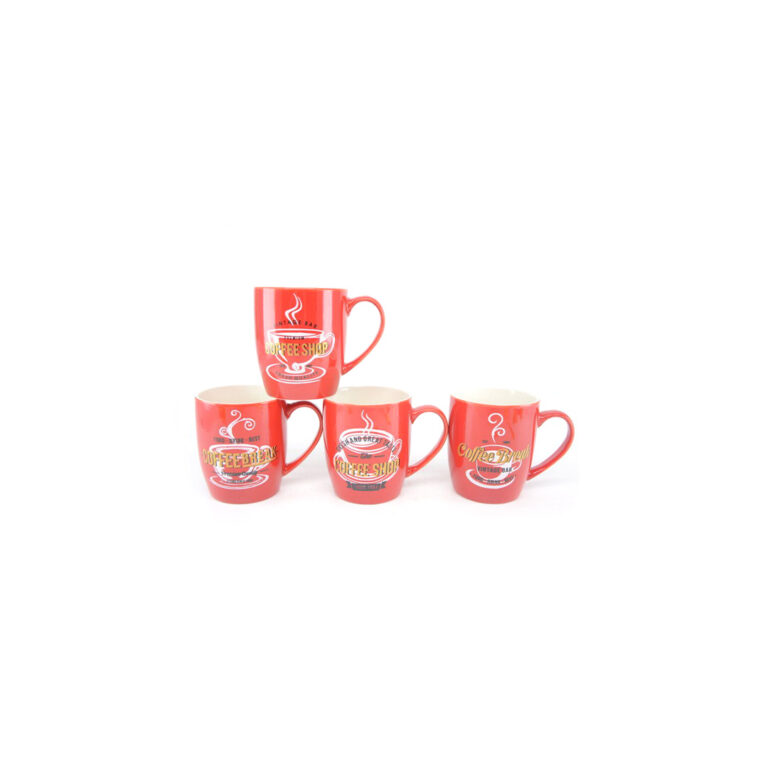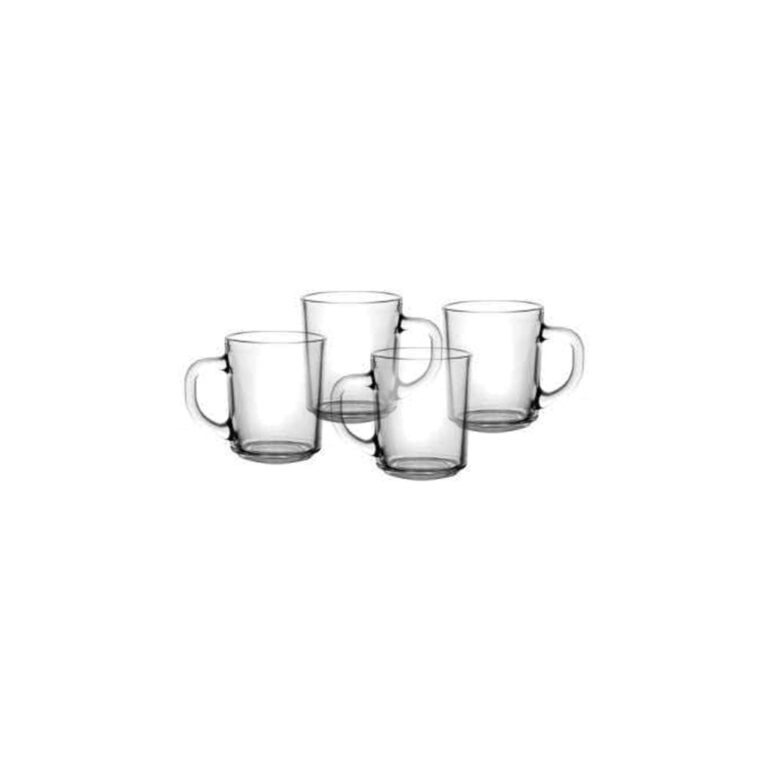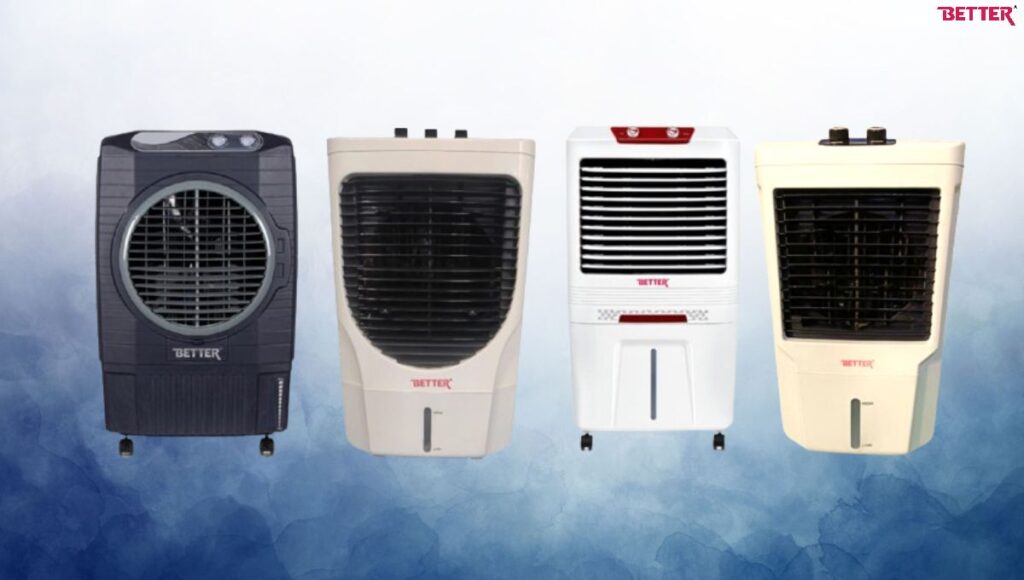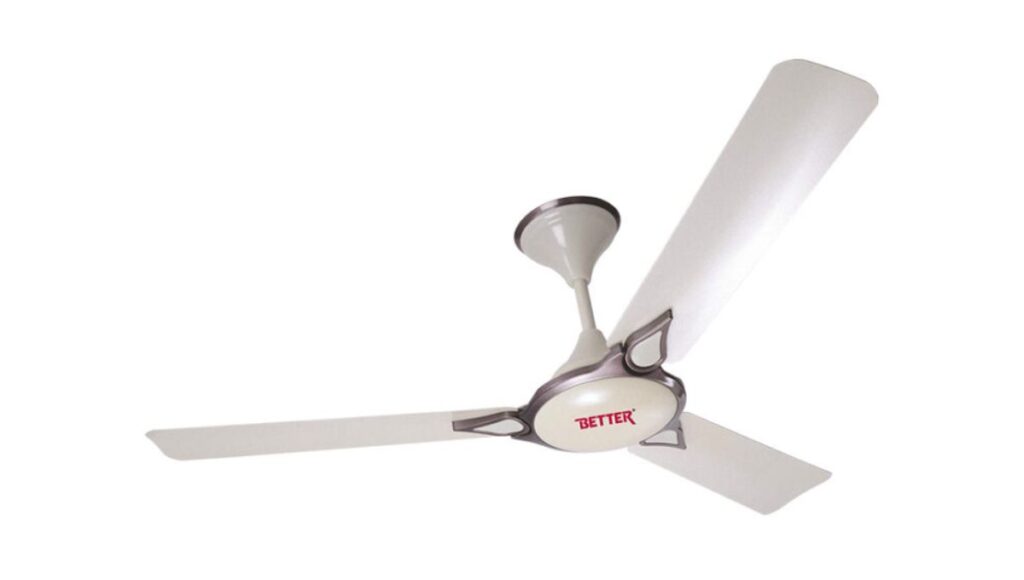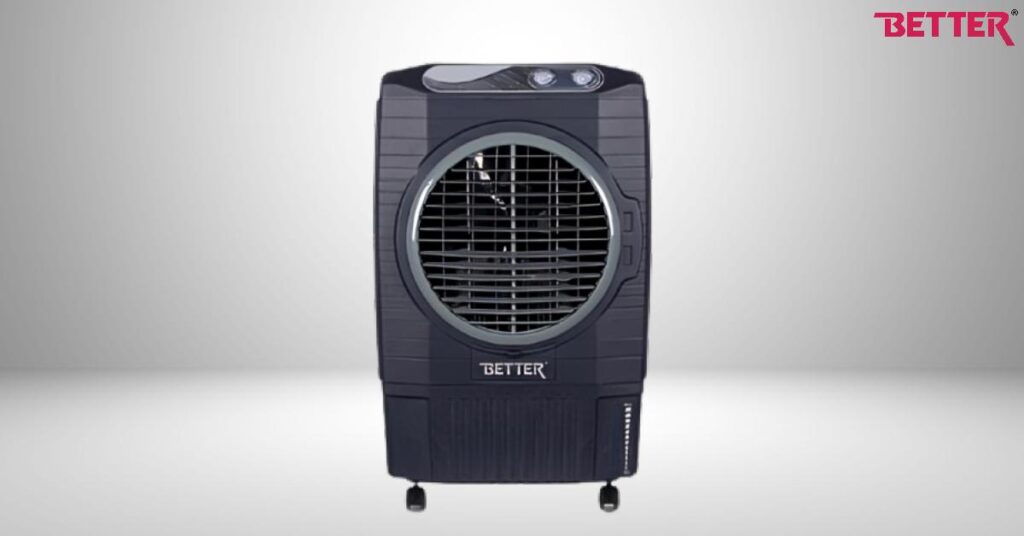

The Ultimate Showdown: Conventional vs Convection Ovens
January 15, 2024
Share To:
Whether it be baking cake or making pizza, with an oven you can do them both. Wait, are you thinking of buying a new oven? In that case, I’m sure that you are confused about which oven you should buy as there are several options in the market.
If are unsure about which oven to buy, then I got you. In this blog, we’ll be going through in detail two of the popular ovens, conventional and convection ovens. So, let’s move ahead to find out in detail about them through our conventional vs convection ovens blog.
Understanding Conventional and Convection Oven
Let’s begin our journey by finding out what is a conventional and convection oven and how each of them works. In this section, we’ll be finding out what convention and convection ovens are and how they work.
What is a conventional oven?
A conventional oven which is also known as a traditional or radiant oven is one of the most common ovens in household kitchens. The oven relies on natural convection currents to perform a variety of cooking functions such as baking, roasting, and cooking a variety of foods.
A conventional oven typically consists of two heating elements, one is at the top of the oven and the other is at the bottom. The heating elements are responsible for generating heat that is required for cooking the food. While the heating element at the bottom is the primary source of heat in the oven cavity, the heating element at the top promotes top-down heating.
What is a convection oven?
A convection oven consists of heating elements to produce heat along with a fan. While the heating elements produce heat and warm the oven cavity, the fan circulates the hot air throughout the oven.
The circulation of air inside the oven cavity ensures that the heat is evenly distributed throughout every corner of the oven. The consistent distribution of heat reduces the cooking time and also promotes evenly cooking of food.
Conventional vs Convection Ovens
After understanding conventional and convection ovens, it’s time for us to move to our primary concern. Let’s now move forward towards finding the differences between conventional and convection ovens. So, here are the differences between the different kinds of ovens,
Heat Distribution
One of the primary differences between conventional oven and convection oven is the heat distribution process. While both of them consist of heating elements in them for the production of heat, a fan is present only in convection ovens.
As conventional ovens only consist of heating elements there might be chances that the heat gets unevenly distributed. This makes food cook better only on sides where the heating element is present.
Convection ovens on the other hand have fans present in the oven cavity along with heating elements. This helps in the circulation of hot air in the entire oven cavity. So, you can expect evenly cooking of your food.
Energy Efficiency
As we discussed earlier the fans present in the convection oven evenly distribute air throughout the oven cavity. This makes it possible for convection ovens to cook foods about 25 minutes faster than conventional ovens. The faster cooking process makes a convection oven more energy efficient.
In contrast, conventional ovens have a fixed heating source. This might add up to the heating time that ultimately makes the cooking process take a bit longer. As the cooking process takes a longer time the oven consumes more energy.
Moisture
The circulating air in the convection oven makes it possible to create a drier atmosphere within the oven. This results in the creation of crispy coatings in almost everything you prepare in the convection oven from roast chicken to french fries.
There’s a bit of work to make foods crispier when it comes to conventional ovens. You’ll need to apply some more fat such as butter and olive oil and also turn the pan a few times.
Versatility
In the case of versatility, a convection oven has the upper hand over conventional ovens. This is because you can perform several cooking options such as roasting, baking, grilling as well as broiling with modern convection ovens such as Better Oven Toaster Grills. It’s because of the advanced features that are available in convection ovens and the even airflow.
Well, you can also roast, bake as well as grill with a conventional oven however you might find it difficult to adjust to your cooking needs. As heat distribution might not be even, you need to flip your dishes time and again.
Interested in learning about recipes you can cook in an oven? Make sure you go through 10 Recipes You Can Cook in an Oven Toaster Grill.
Capacity
If you’re thinking of preparing larger dishes or preparing multiple dishes at once a convection oven would be a great choice. As convection ovens are designed for even distribution of heat, they perform well in cooking multiple dishes at once.
In the case of a conventional oven, the heating element is only located in one place, so there might not be an even distribution of heat to the entire oven cavity. This makes it quite harder for you to cook large items or multiple dishes at once efficiently.
Conclusion
Wrapping up our conventional vs convection ovens blog, the major difference between a conventional oven and a convection oven comes in the process of heat distribution. While a convection oven depends only on the heating element for the production of heat, conventional heating has a heating element along with a fan to evenly distribute heat to the entire oven cavity.
The difference in the heat distribution process results in several differences between conventional and convection ovens. Energy efficiency, moisture, versatility along with oven capacity are some of the differences between the two.
Choosing between a conventional and a convection oven will be dependent upon your use. However, you might have already figured out that a convection oven has several advantages over a conventional oven.
For quality home appliances at an affordable price make sure you check Better Home Appliances. And don’t forget to follow Better blogs to find answers to your queries about home appliances.
